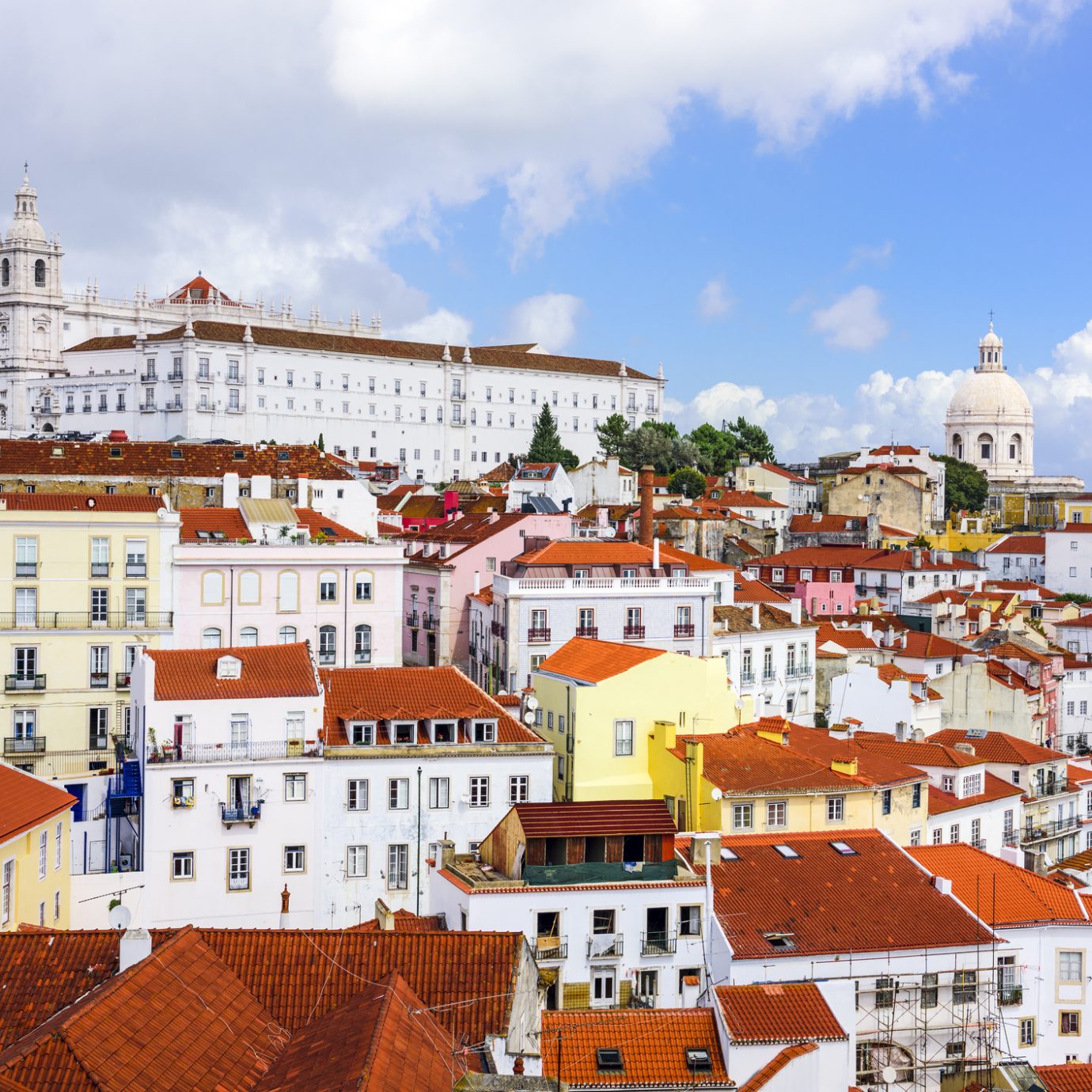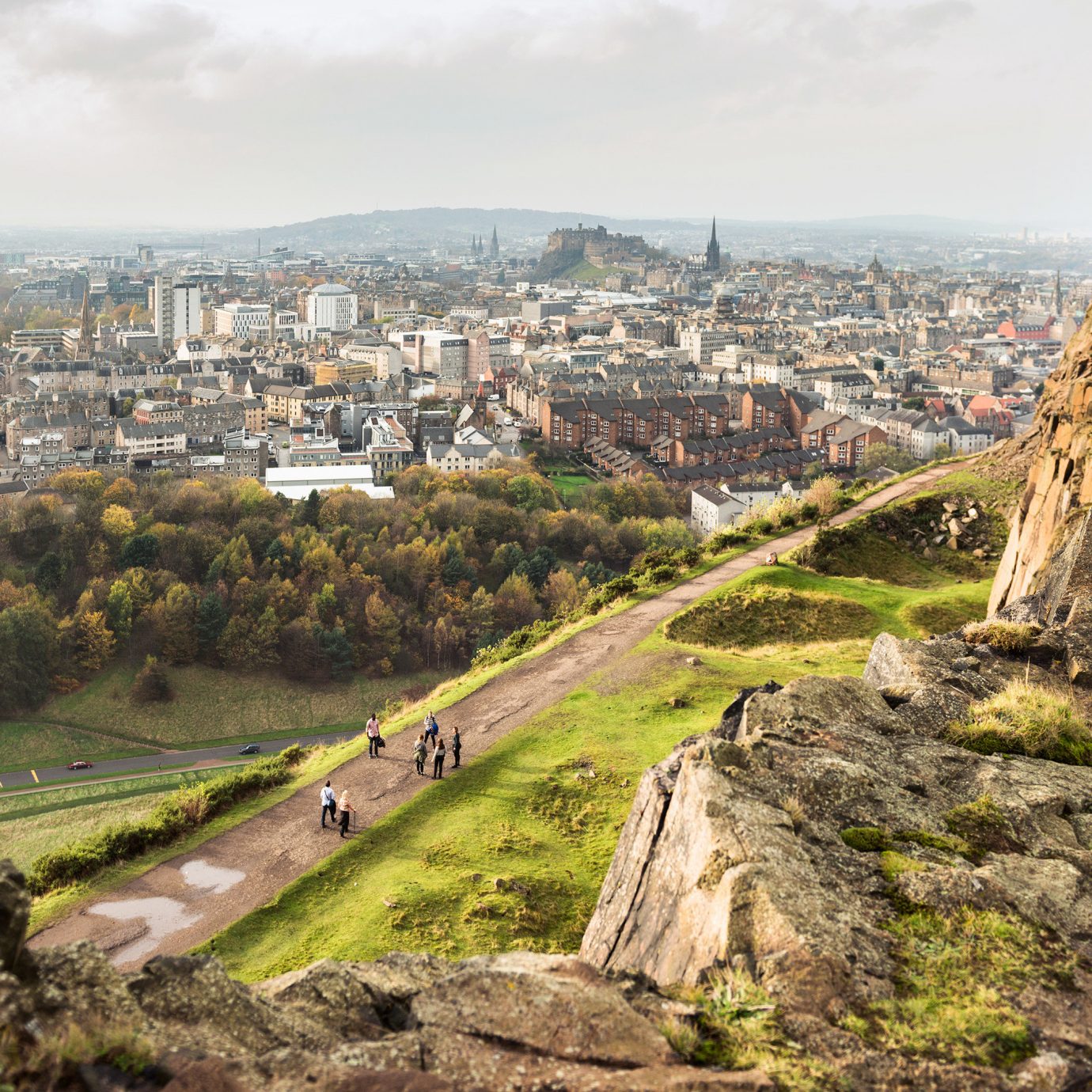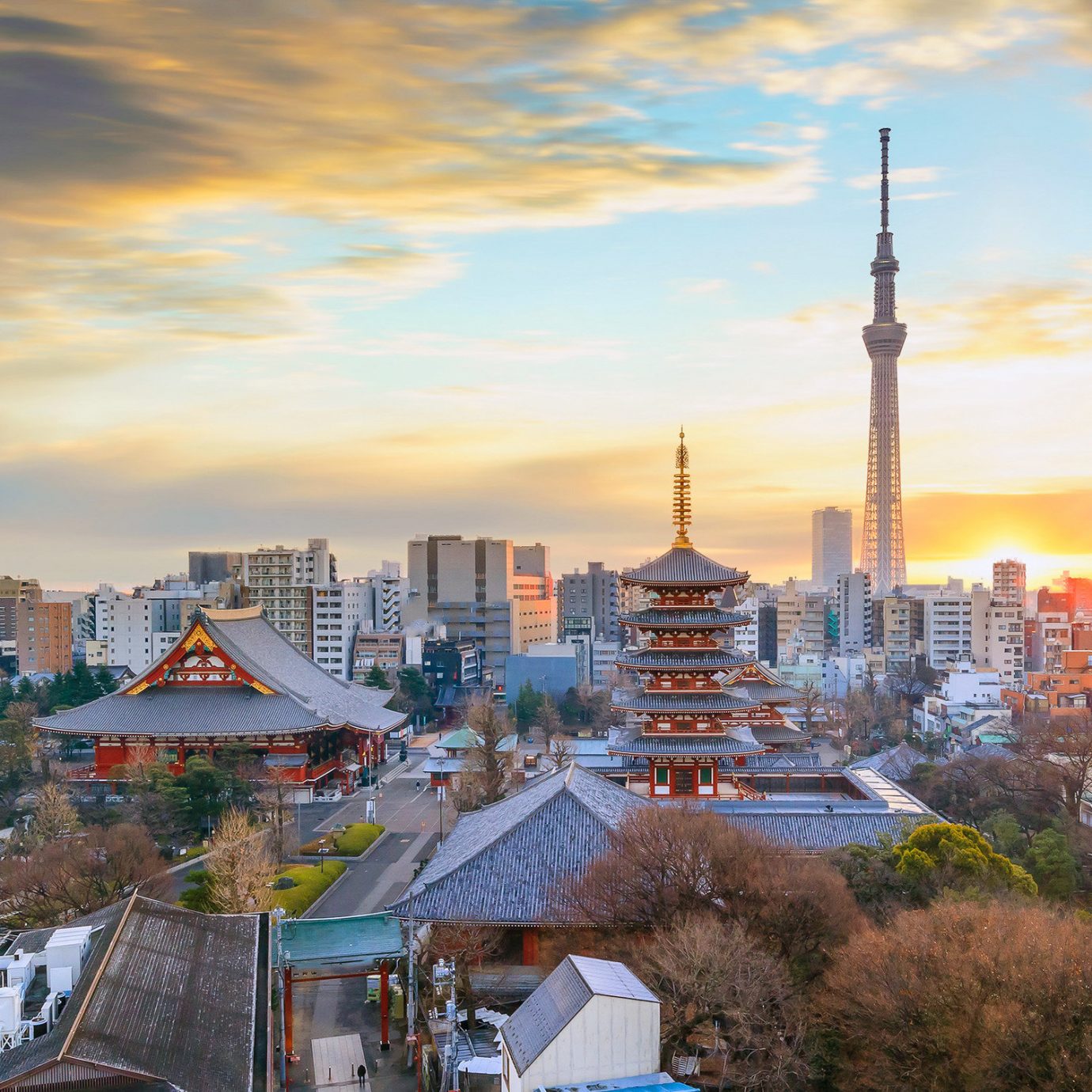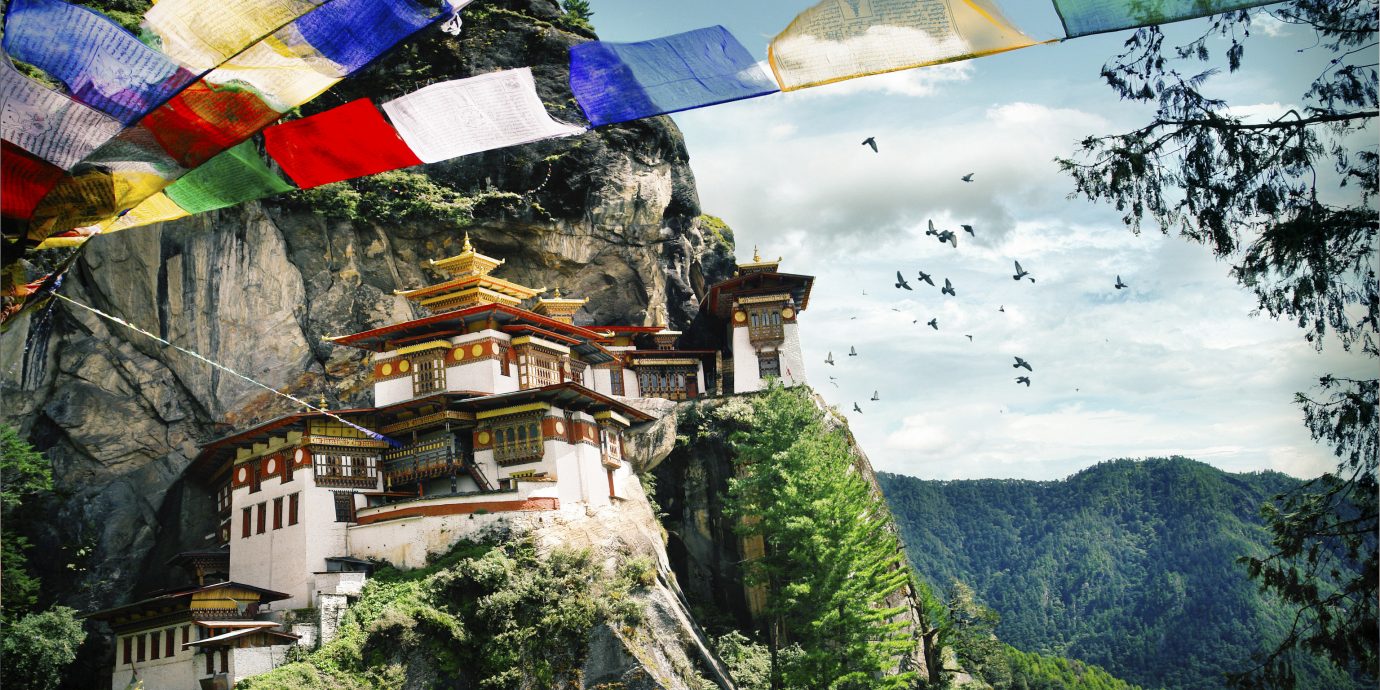
8 Out-of-this-World Destinations Worth the Trek
Sure, these destinations aren't in your backyard, but no matter the number of planes, trains, and automobiles involved in getting to them, they're worth the work. From South Pacific islands with stars on the rise to glistening lochs and crumbling castles in the UK, these are the spots we're willing to schlep our little hearts out for.
A Brooklyn-based writer and editor, Chelsea's work has appeared in Matador Network, The Huffington Post, the TripAdvisor blog, and more. When not planning her next trip, you'll usually find her drinking way too much iced coffee (always iced—she’s from New England) or bingeing a Netflix original series.
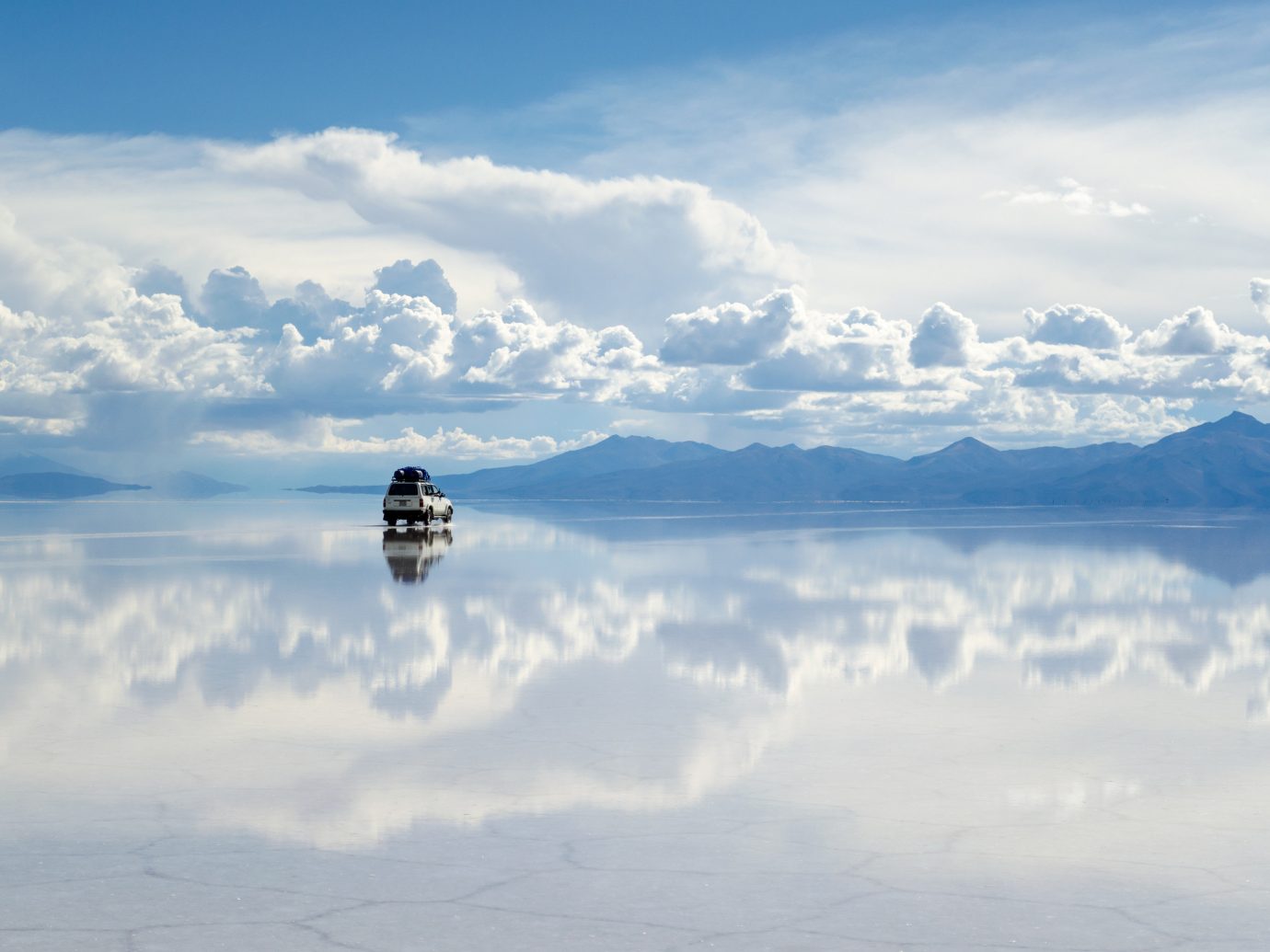
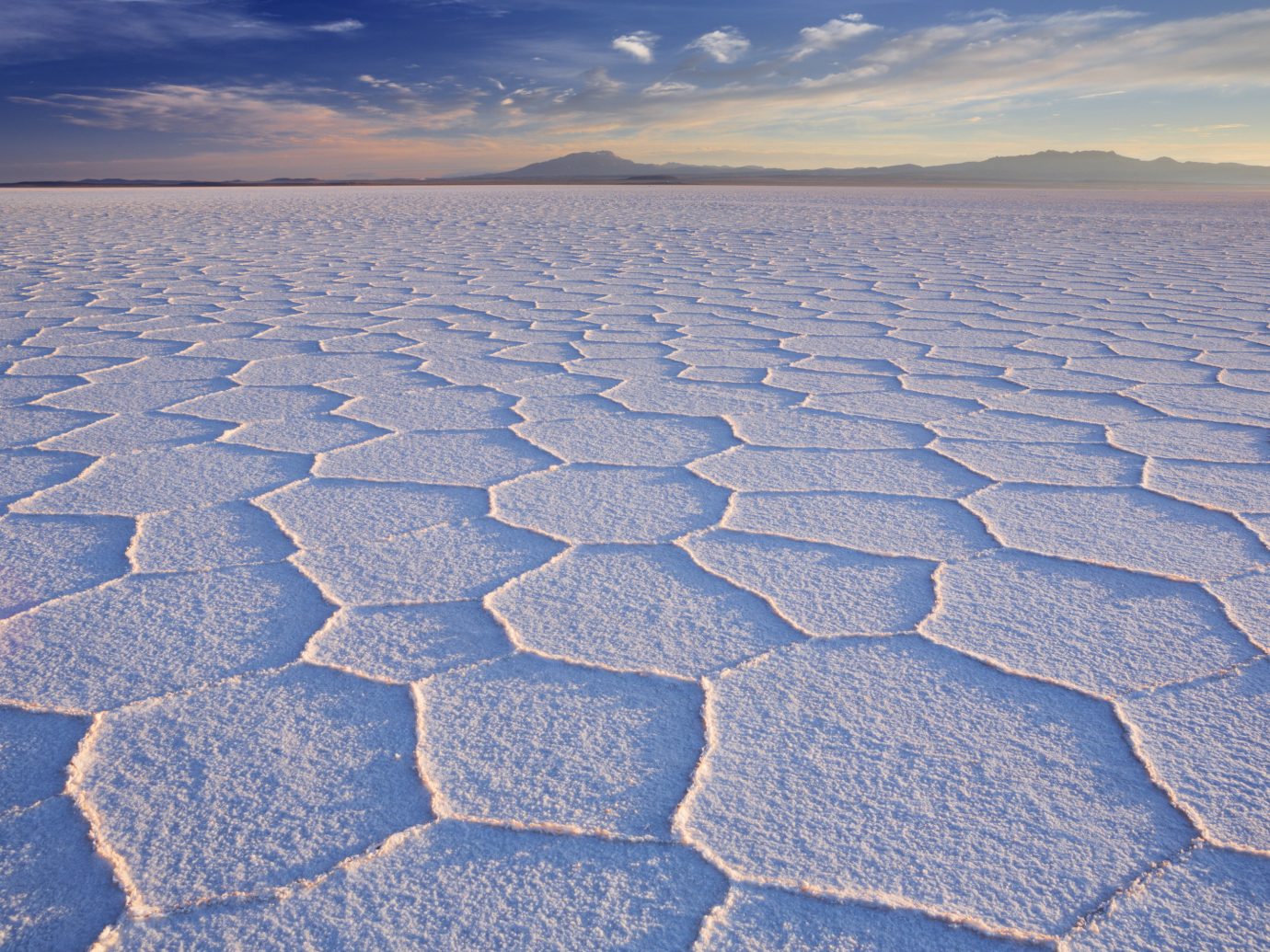
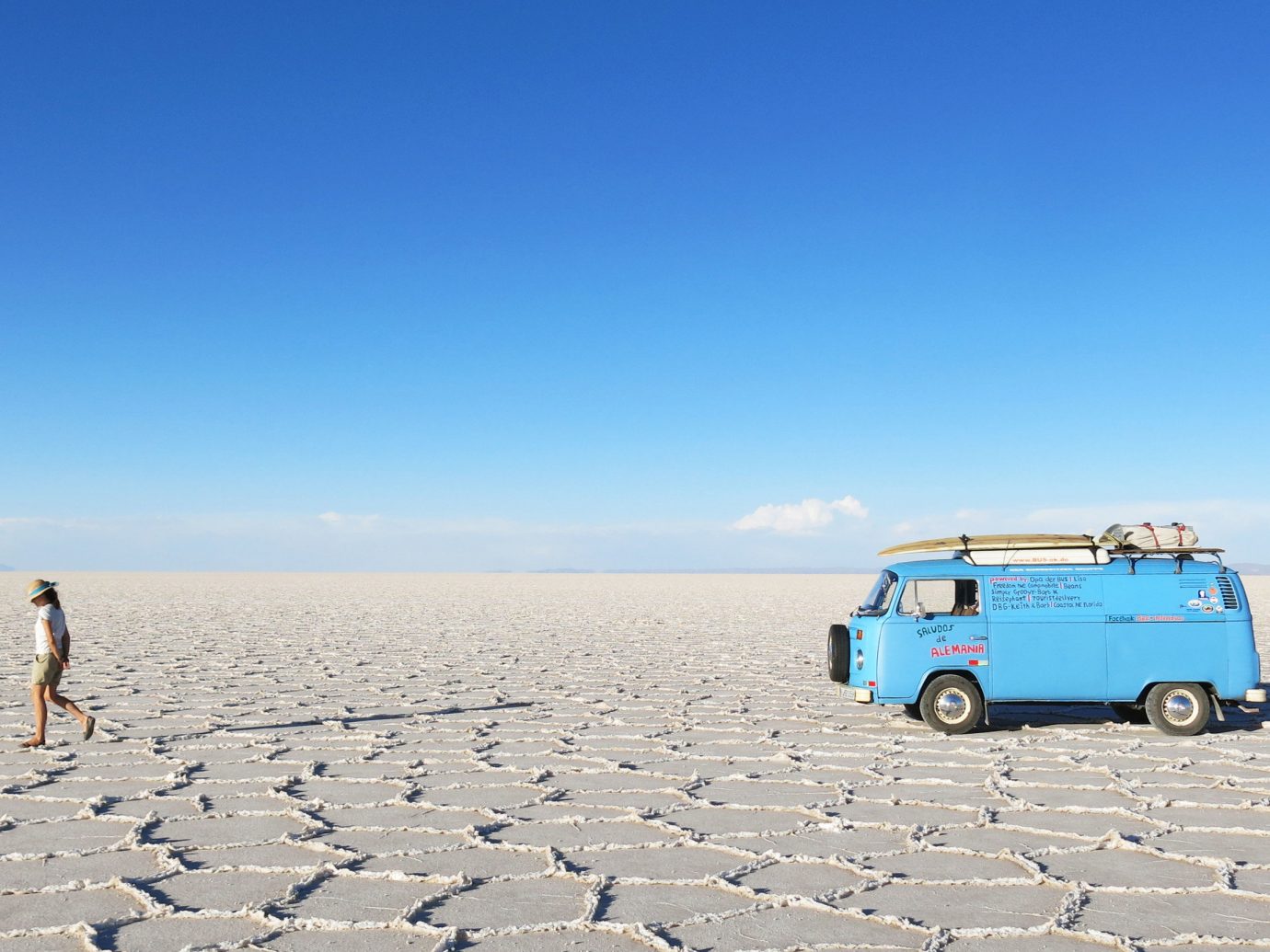
Salar de Uyuni, Bolivia
In Bolivia’s remote southwestern corner, the world’s largest salt flats offer those of us earthbound the opportunity to walk on clouds. For most of the year, the dried up prehistoric lake is a vast bed of crusty salt brine, but come wet season—usually January to March—a slick layer of rainwater transforms the horizon into a mirror the size of Jamaica (for real—it’s more than 4,000 square miles). As the enchanting area has begun to draw some major attention (photographers flock there in droves) with tours departing from La Paz, Tupiza, San Pedro de Atacama, and border towns in Chile, salt hotels have started popping up on the flat's periphery. Hotel de Sal Luna Salada was literally constructed from blocks of salt, but the rustic Andean retreat knows how to please with goose downs, local fabrics and, of course—unrivaled views.
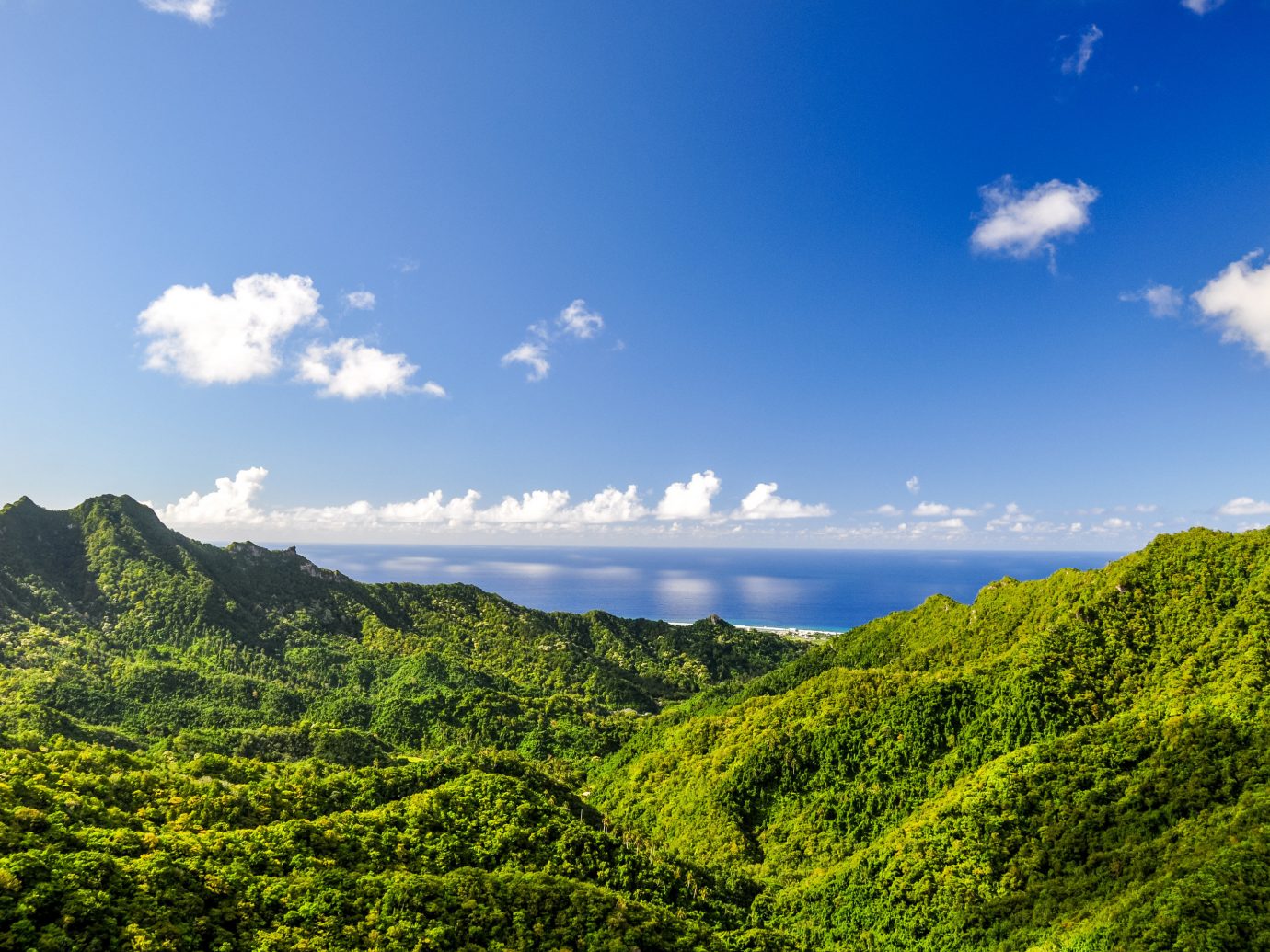
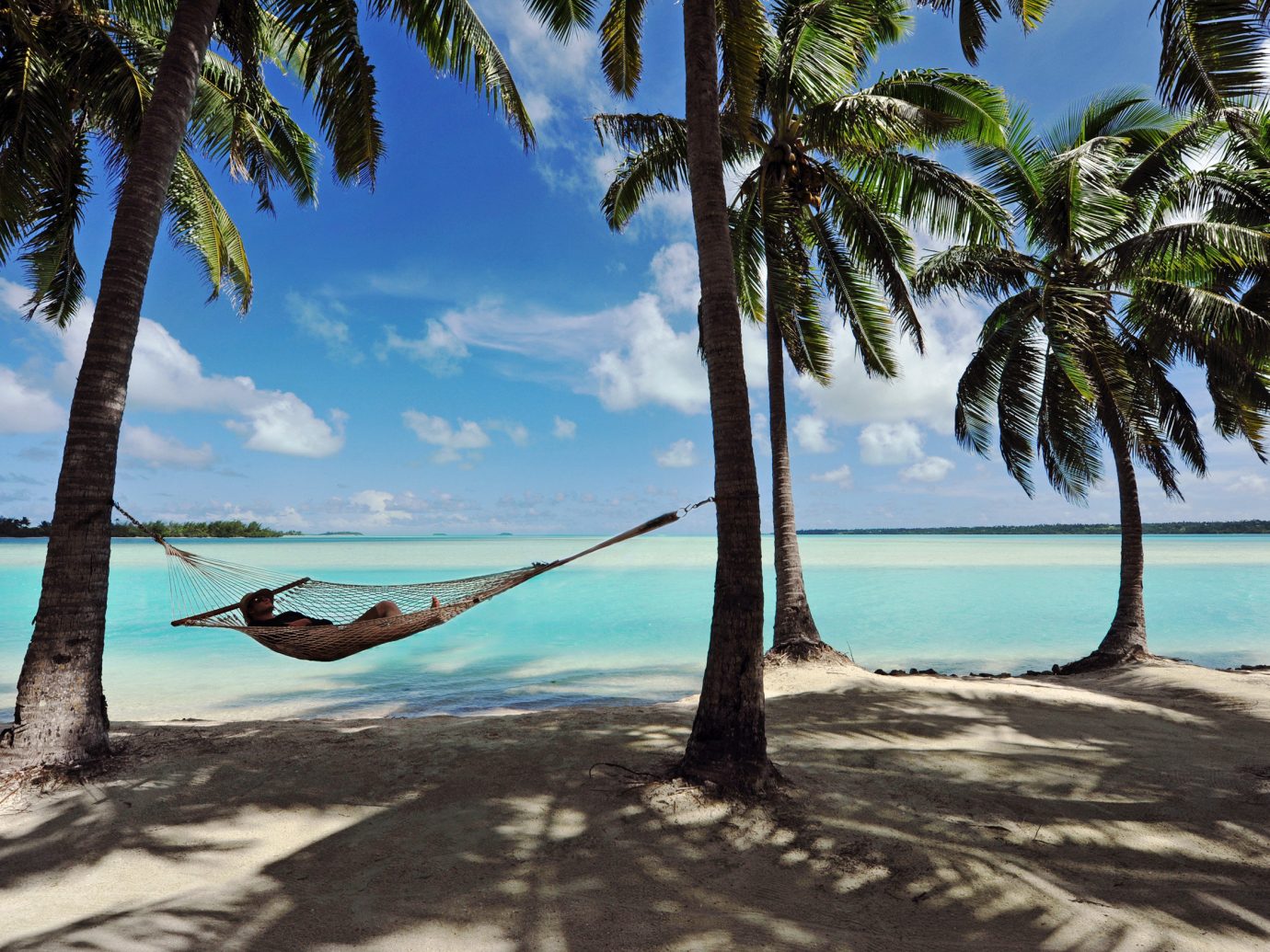
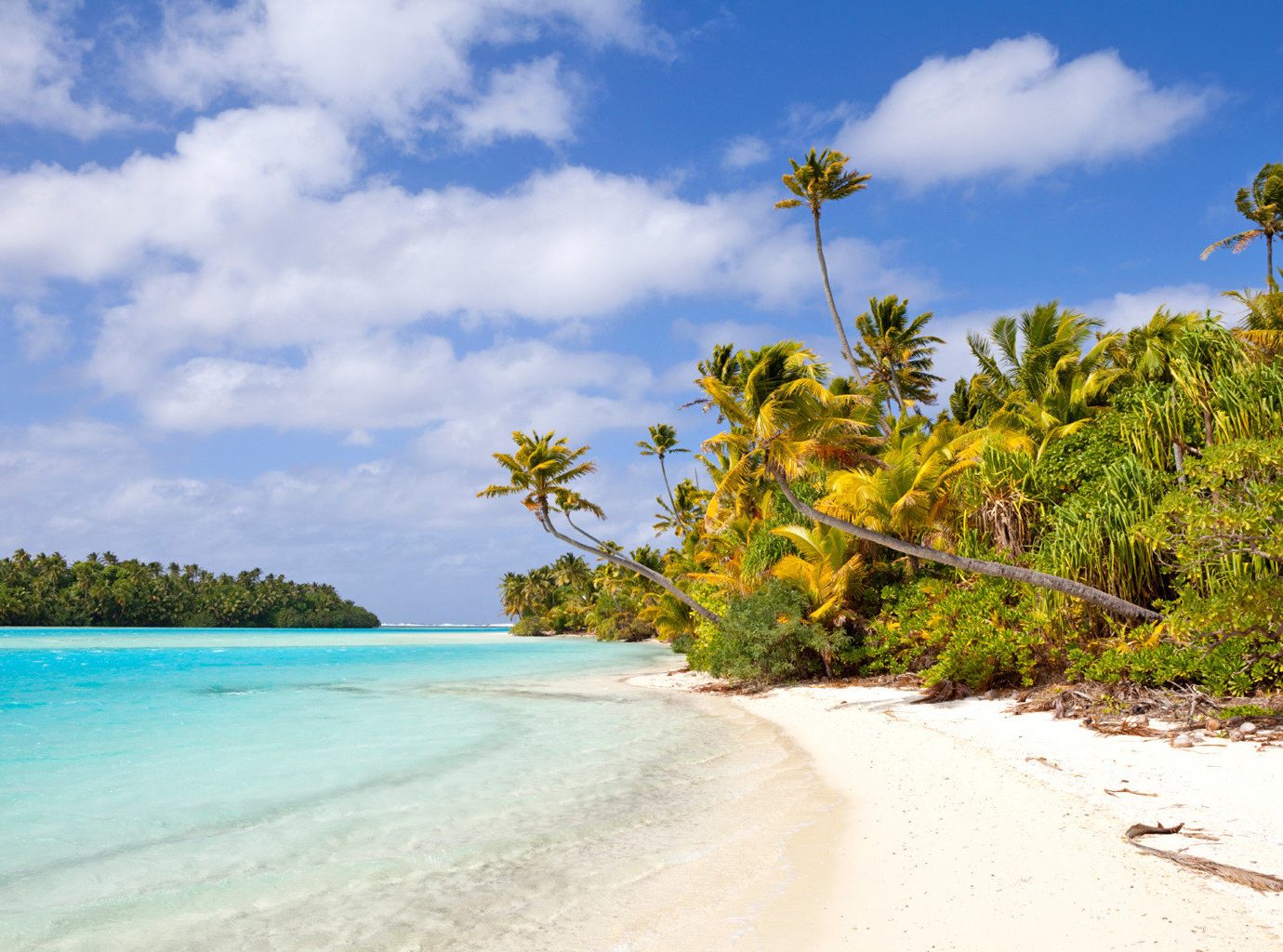
Cook Islands
The Cook Islands may be remote—the group of 15 is spread out across 850,000 million square miles of Pacific Ocean between Hawaii and New Zealand—but the good news is the burgeoning bunch is serviced by major airlines. Virgin Australia, Air New Zealand, and Air Tahiti can all drop you off on the main island of Rarotonga aka Jurassic Park IRL. Rife with lush jungles, soaring mountain peaks, and a living reef that rings the entire island, you can’t really go wrong staying there, but Aitutaki—with its infamous turquoise lagoon and world-renowned snorkeling and dive spots—is one equally-covetable spot. If that doesn’t do it for you, you can always rent out your own motu (private, uninhabited islets off the mainland where 2006’s Survivor: Cook Islands happened to be filmed) for a day of picnicking, swimming, and sunbathing.
RELATED: 9 Secret Islands You Need to See Now
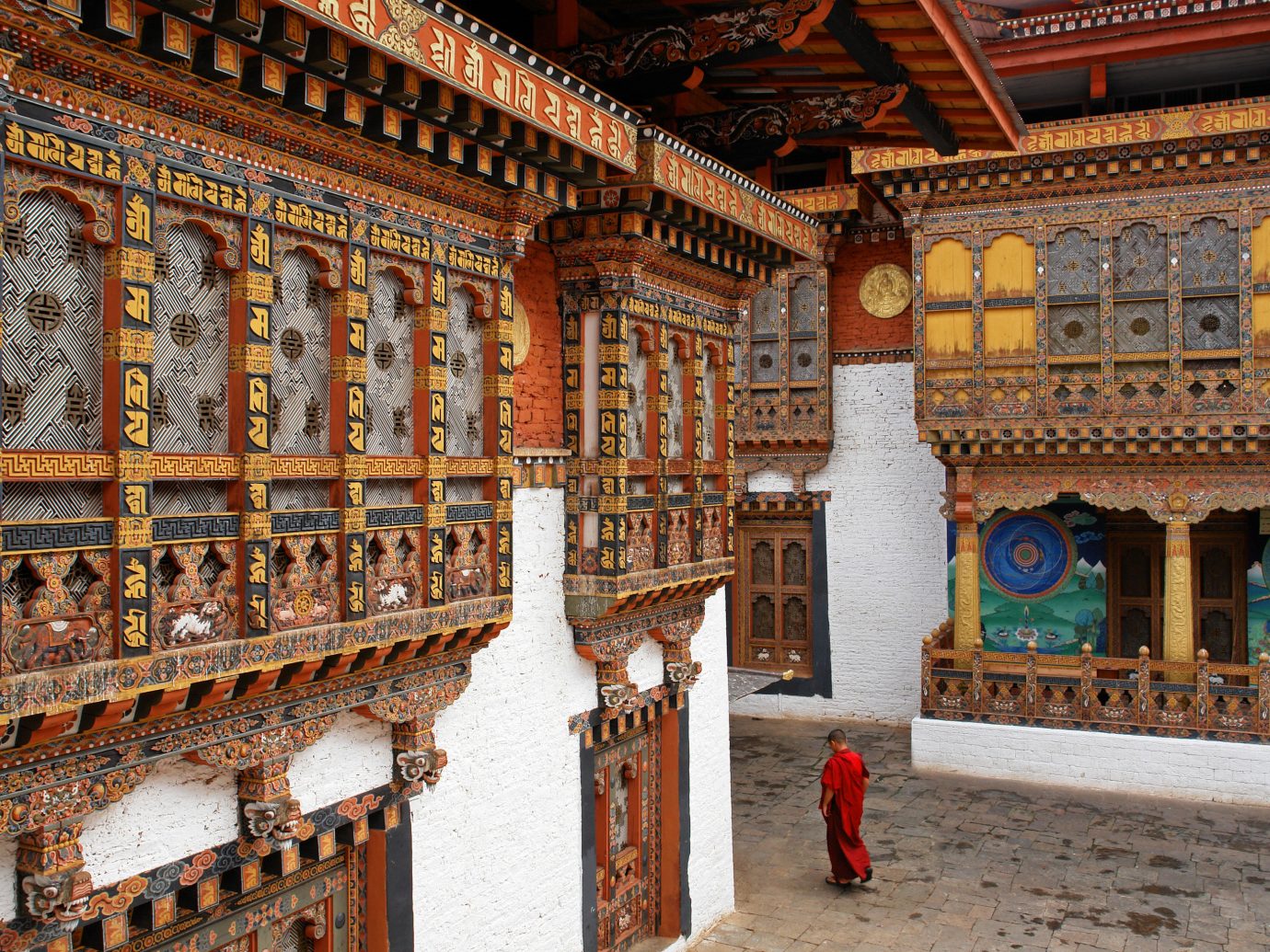
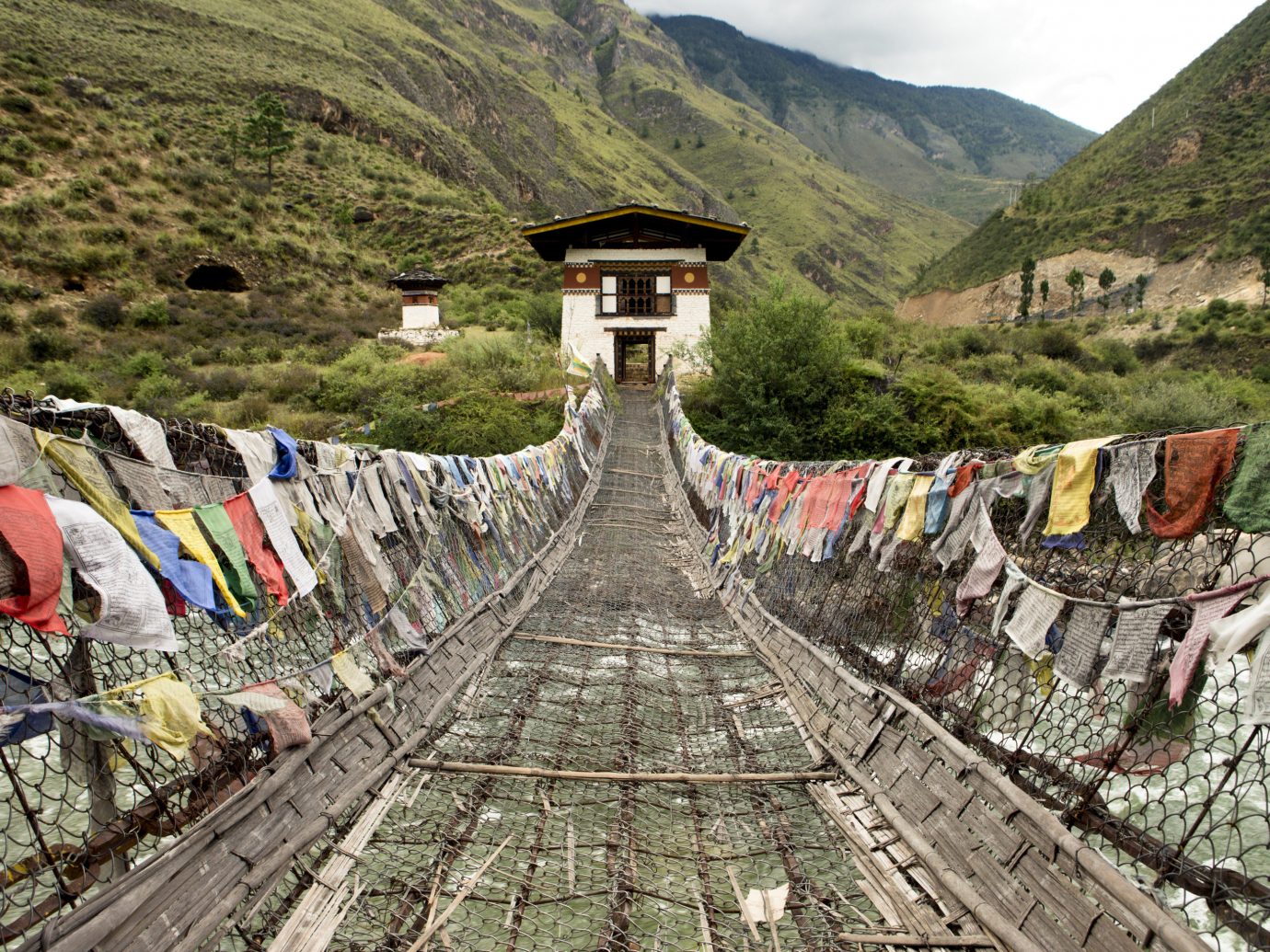
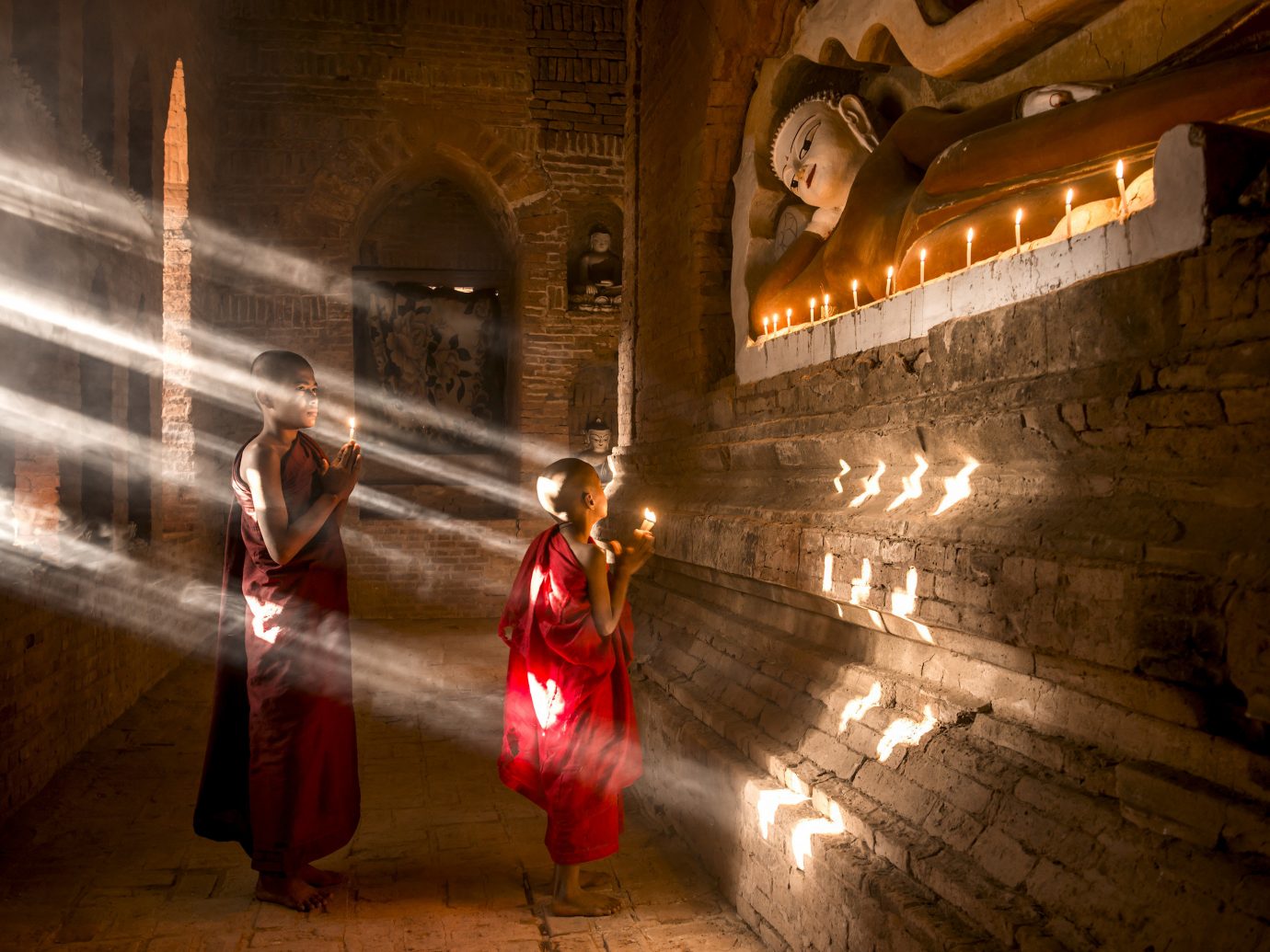
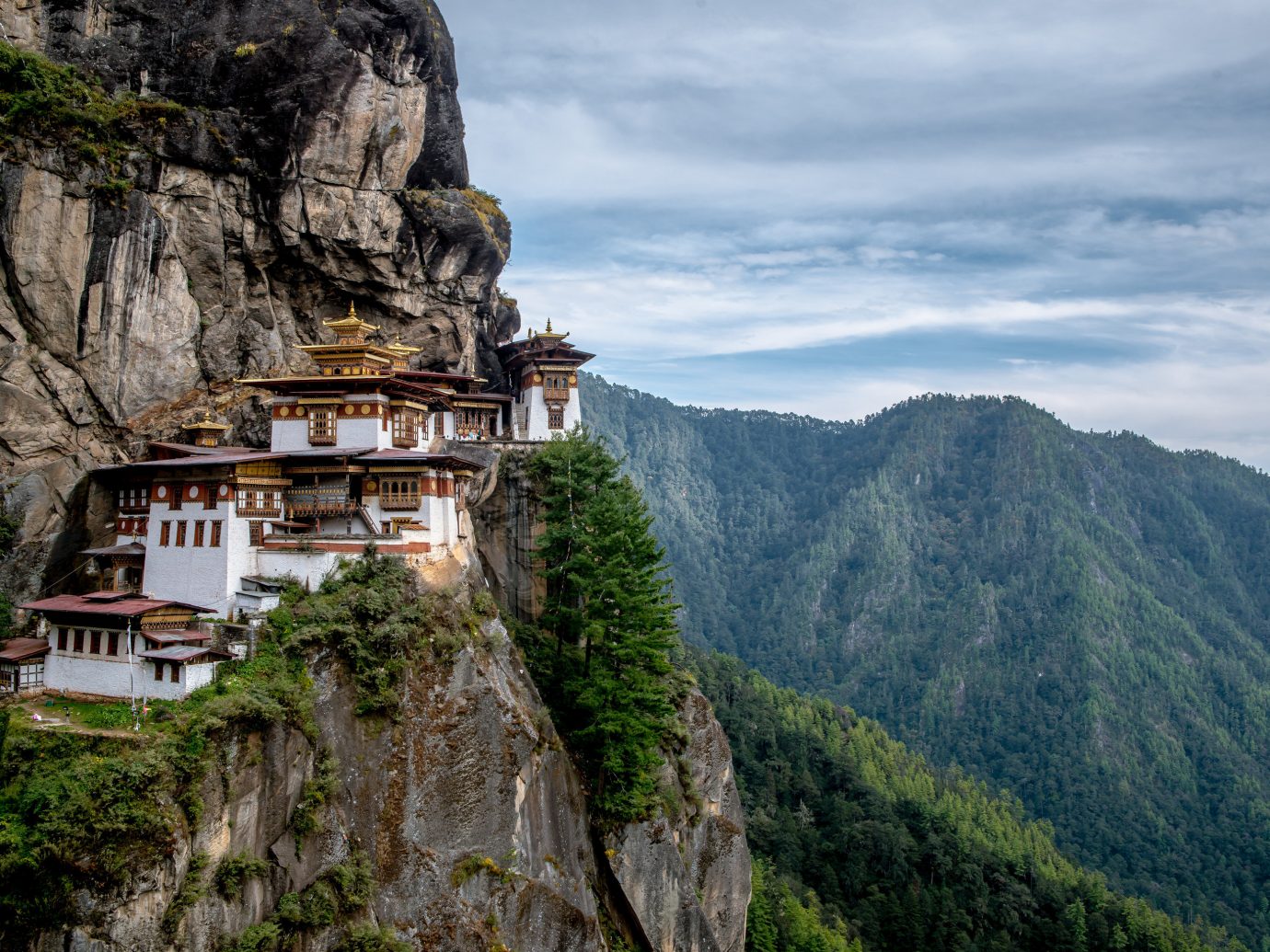
Bhutan
The pre-trip legwork necessary for visiting this landlocked Himalayan retreat can be quite daunting, hence why only ~100,000 people make it there annually. Things you must consider: 1. You have to book your trip through an official tour operator since the country employs a “High Value, Low Impact” tourism model, 2. All international visitors (aside those from India, Bangladesh, and the Maldives) need a visa, and 3. There are only two airlines to book on (hint: that’d be Druk Air and Bhutan Airlines). But look past the prep and you’ll quickly realize Bhutan is worth the temporary headache. The Land of the Thunder Dragon harbor’s some of the world’s most dramatic landscapes—glacial mountain peaks, alpine valleys, dense subtropical forests, and snow-fed rivers among them—not to mention stunning cliffside temples, monasteries and sacred sites.
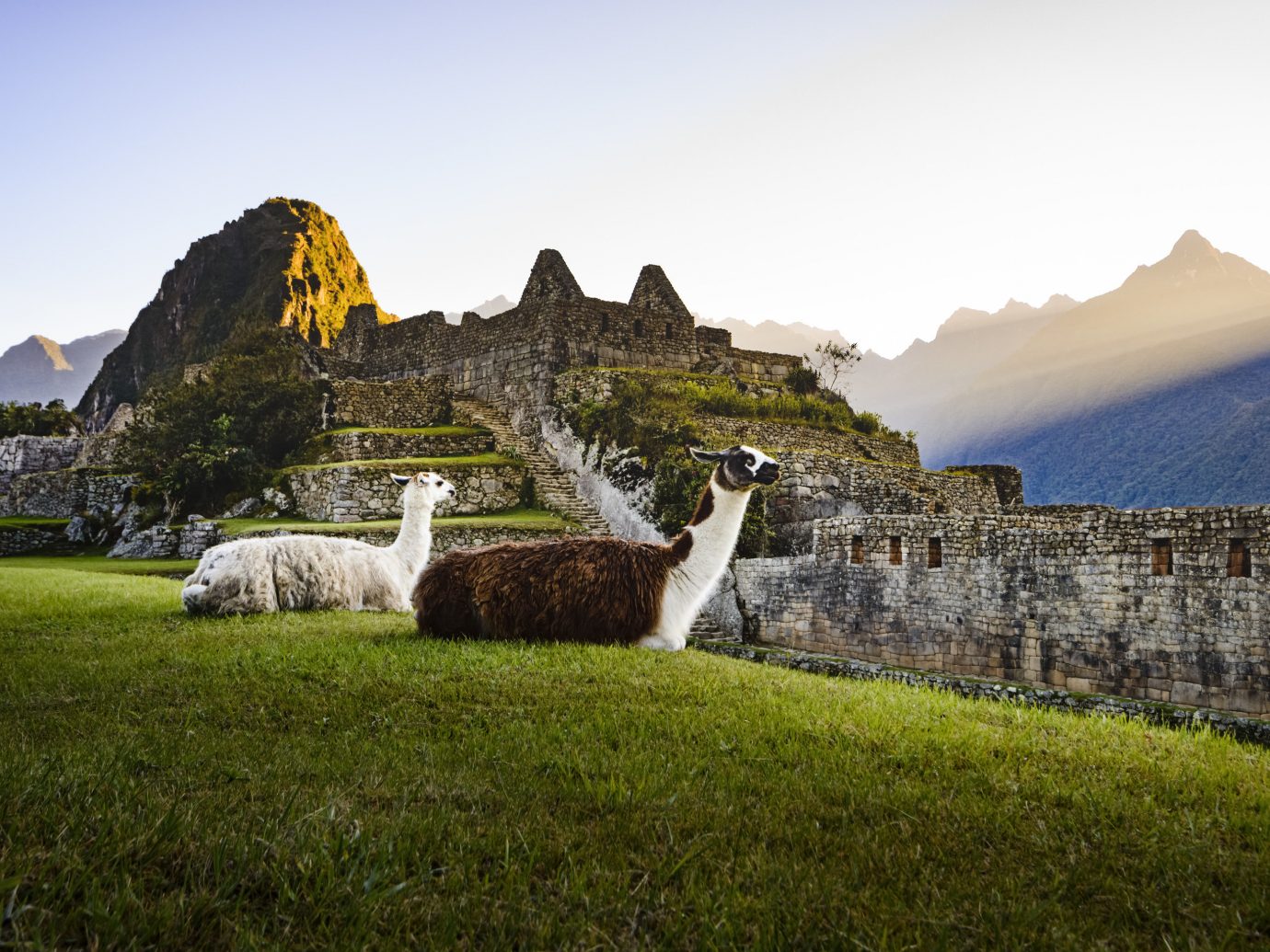
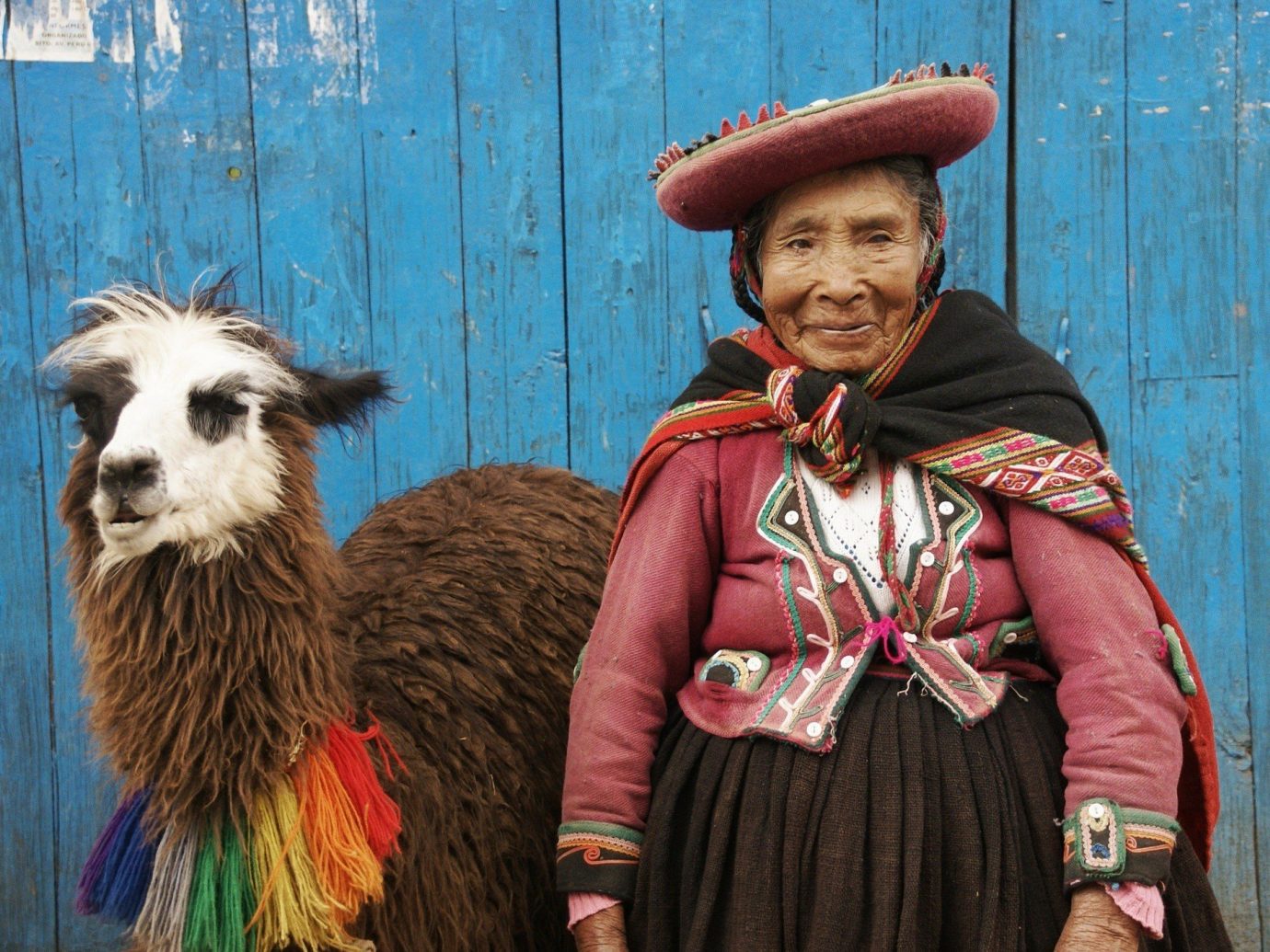
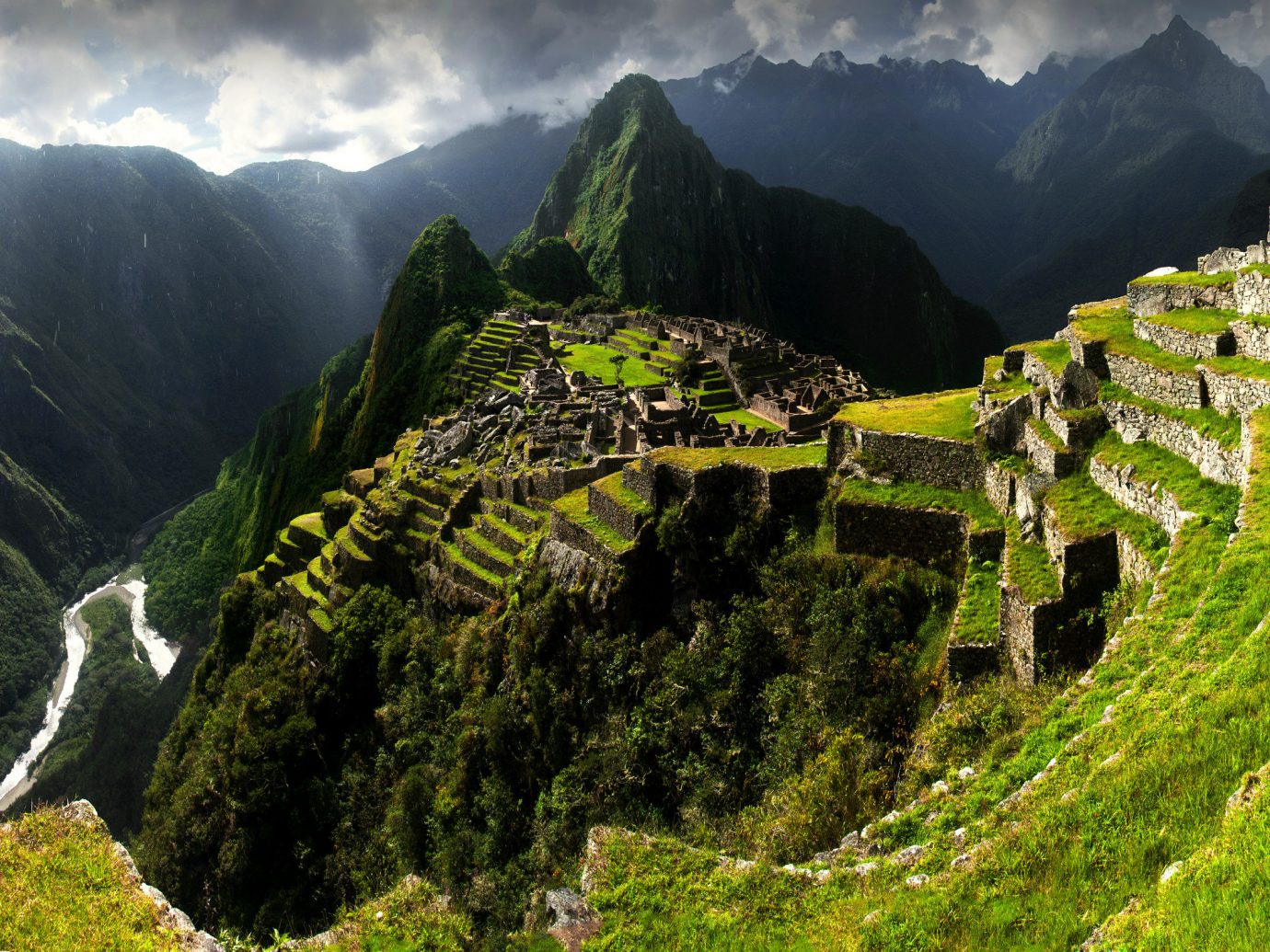
Machu Picchu, Peru
In terms of the world’s most iconic, historic attractions (think: the Eiffel Tower, the Colosseum, the Great Wall of China), mystical Machu Picchu isn’t the most navigable or wallet-friendly, but the ancient Andean civilization is a sight unlike any other. In the Cusco region, the 15th-century Incan citadel sits perched on a ridge some 8,000-feet above sea level, hovering high above the Sacred Valley below. Getting in isn’t a cinch—it requires a combination of bus and train rides, or if you’re up for it, a strenuous multi-day trek along (some or all of) the 26-mile Inca Trail. But no matter your mode of transportation, Peru’s most-visited site packs a punch worth your probable altitude sickness with well-preserved ceremonial sites and mountain-adapted architecture ready for exploring. If you want to stay right on the cusp of it all, you’ll pay a hefty (read: four figure) price, but the boutique Belmond Sanctuary Lodge puts you within spitting distance of the heritage site. Whatever your plan, just make sure to book your ticket in advance as visitors are capped at 2,500 a day.
Explore More: See hotel details | See all Machu Picchu, Peru hotels
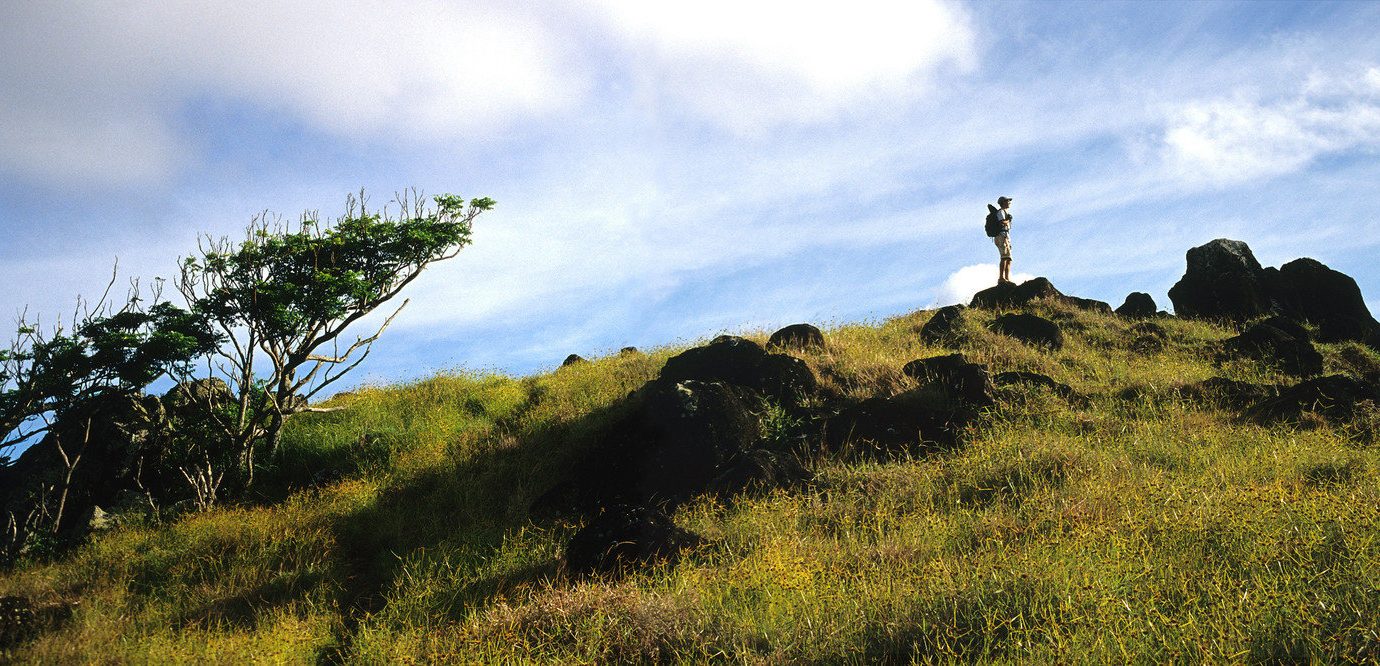
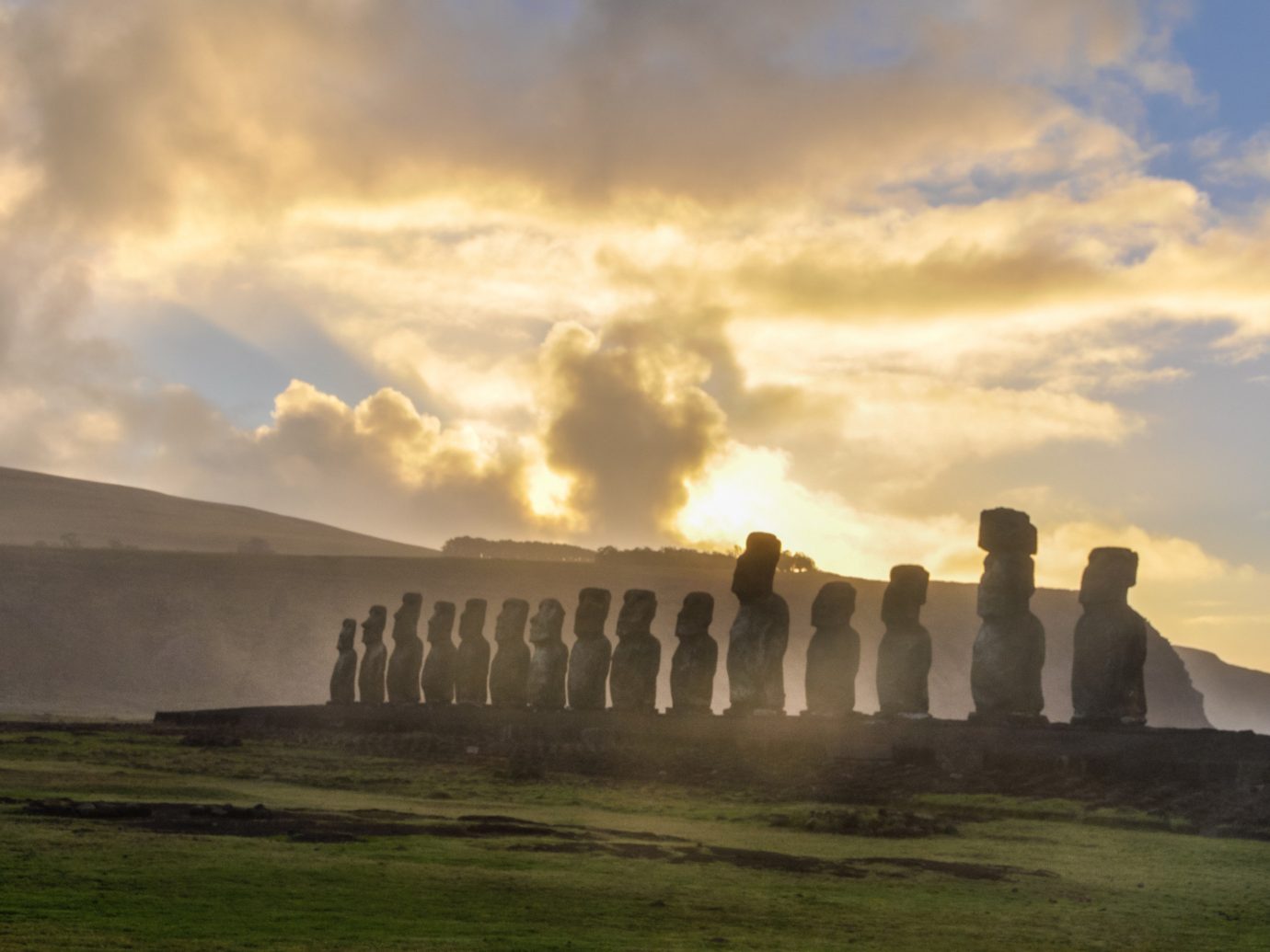
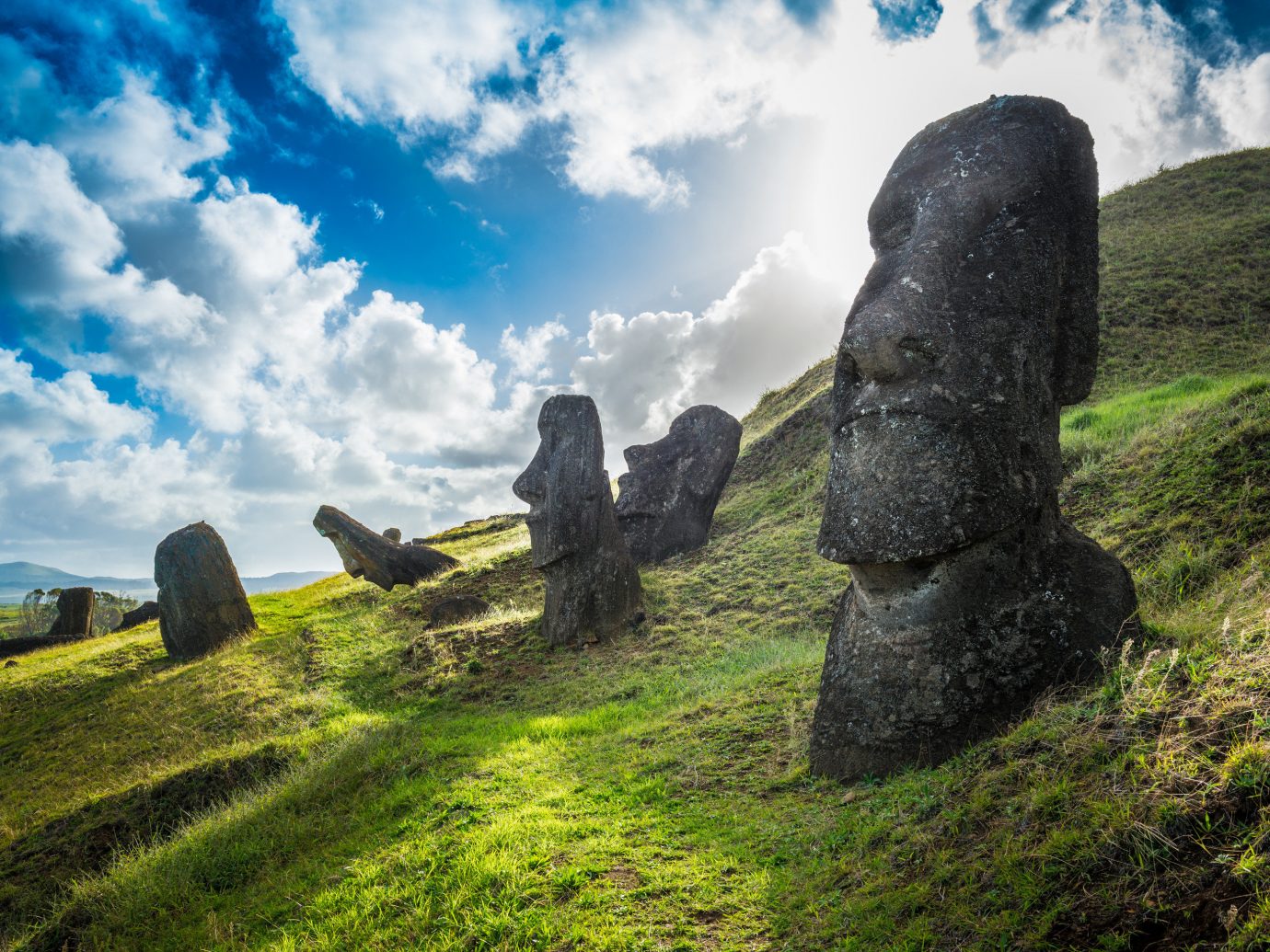
Easter Island, Chile
Nearly equidistance between Tahiti’s eastern coast and Chile’s western coast (that’s roughly 2,300 miles or a 5.5-hour flight from each), Easter Island has garnered somewhat of an occult allure thanks to more than 900 monolithic statues—aka moai. Though the ultra-remote isle’s obvious draw is the collection of ancient al fresco carvings (created by early Polynesian settlers), beyond making time to take them in, trips here are brilliantly undemanding. You can catch a sunset or sunrise from Ahu Tongariki (a single platform that holds 15 upright moai), lay back on a relatively people-free beach (the island has only 50 residents, guys), take to the 64-square-mile island on two wheels, or just max out your iPhone’s storage taking photos.
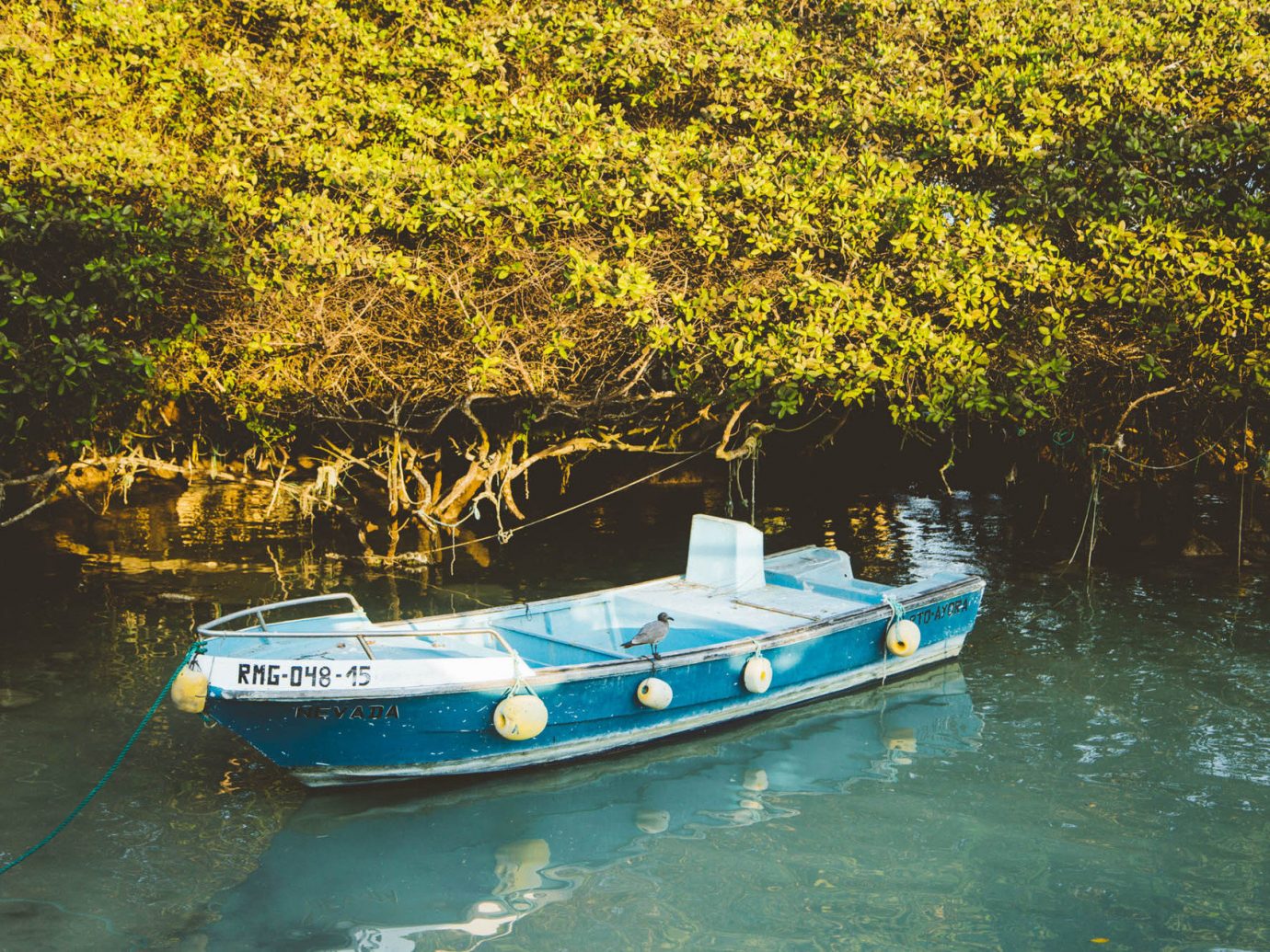
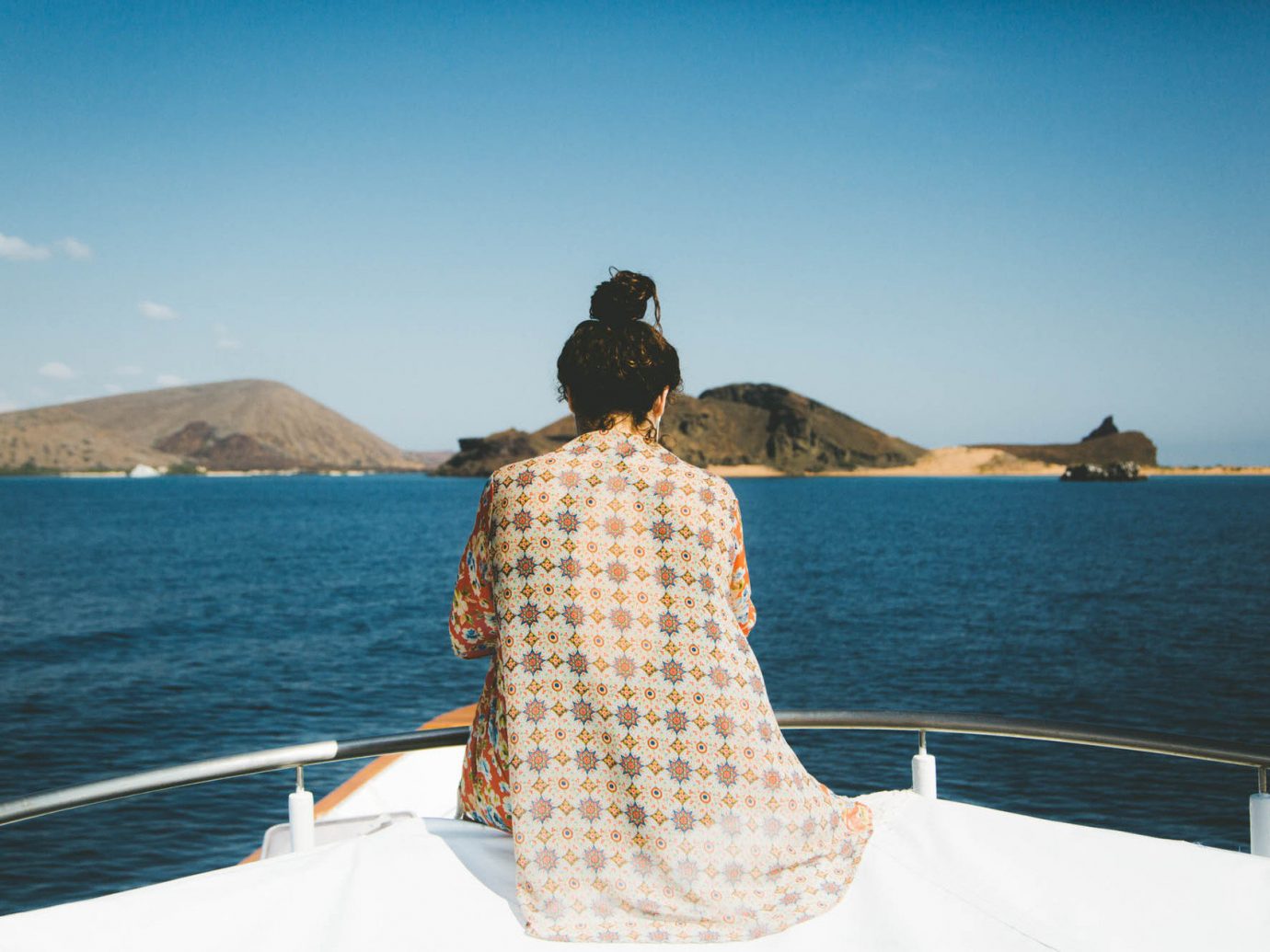
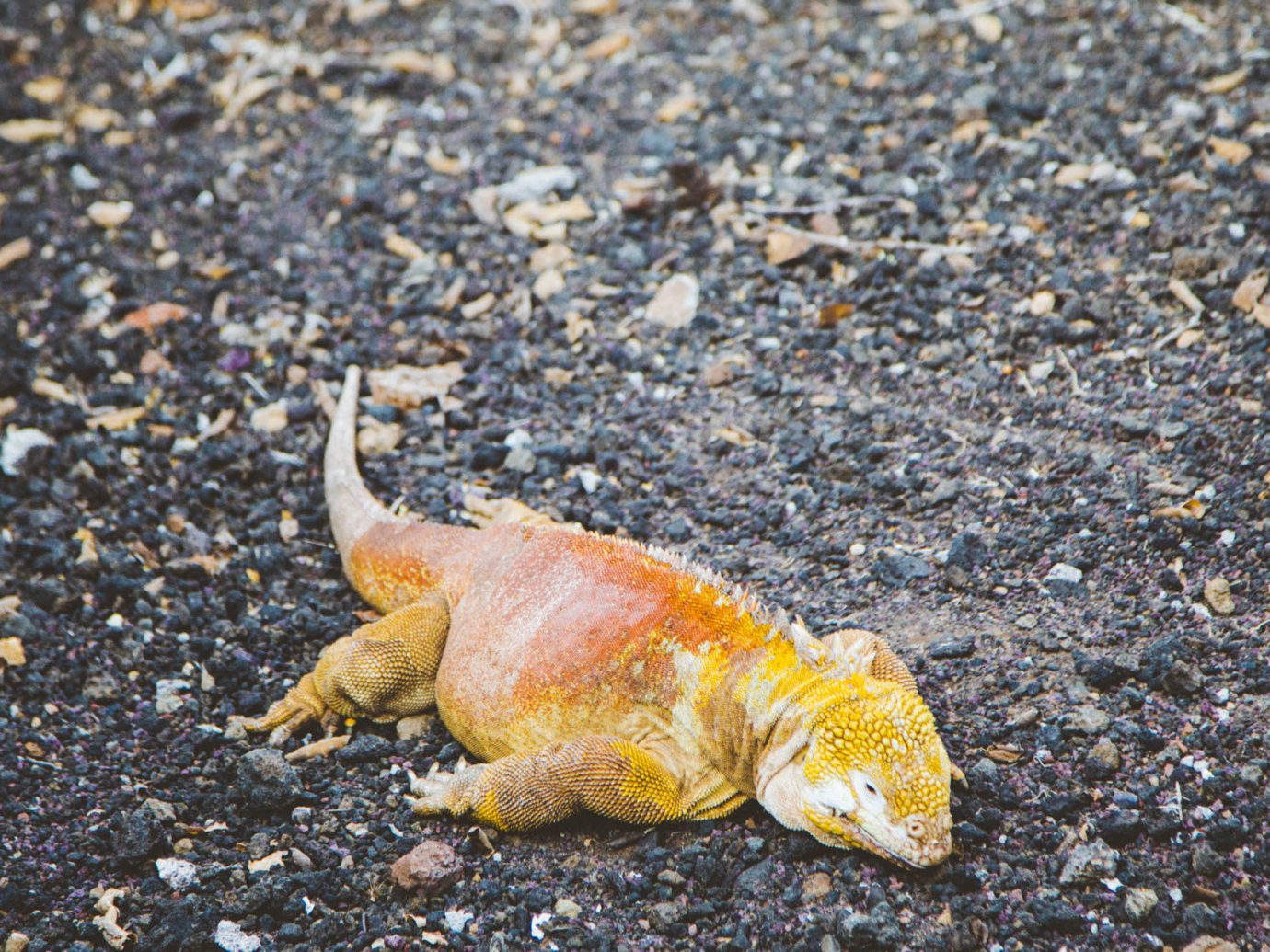
Courtesy of Marianna Jamadi
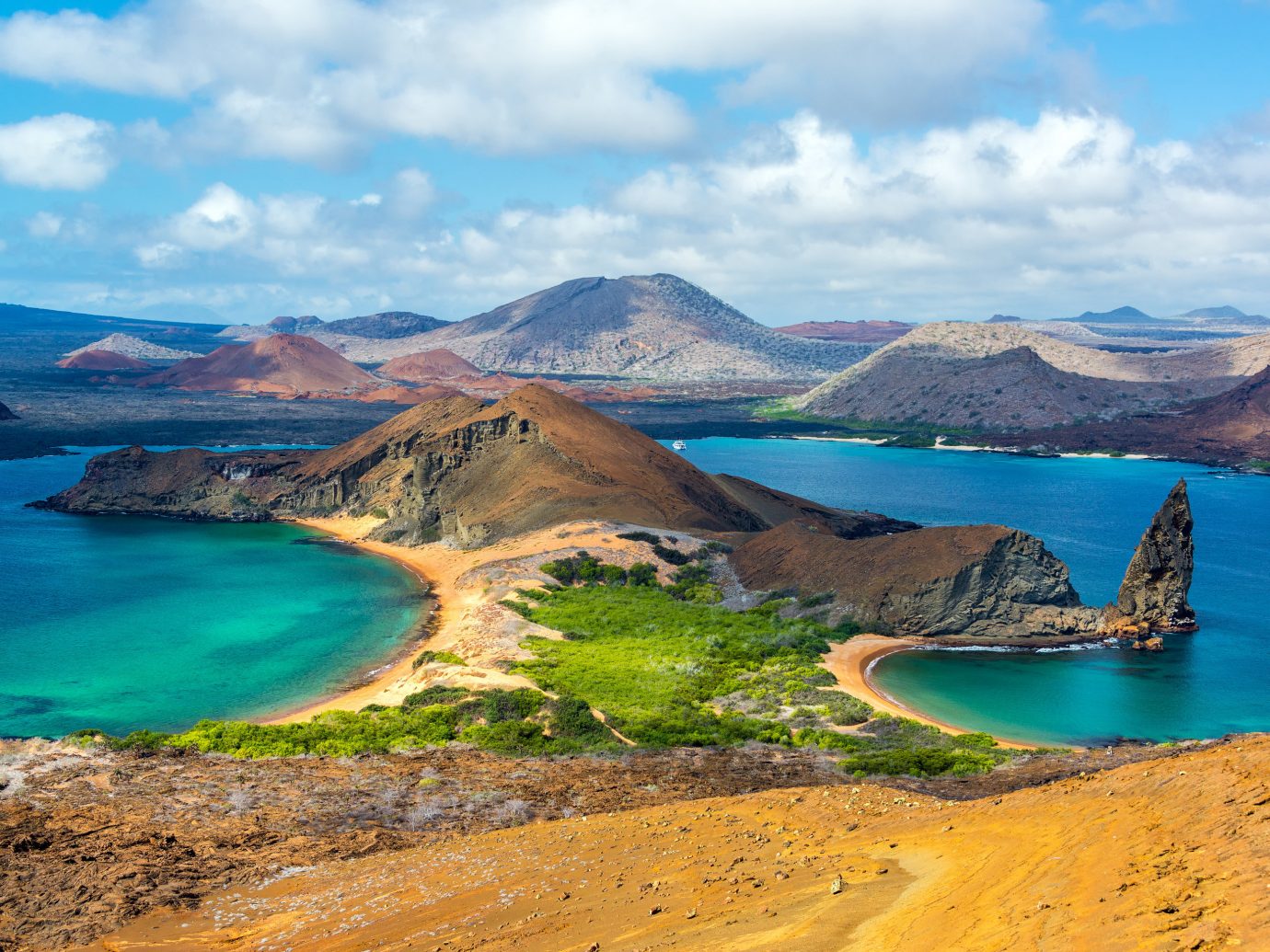
Galápagos Islands
Pop Galápagos Islands into a game of word association with anyone and we bet they’d come back with Charles Darwin. The 20 volcanic Pacific Ocean islands—620-miles off of Ecuador’s western coast, accessible via flights from Quito and Guayaquil—are the veritable birthplace of evolution by natural selection, after all. While trips today certainly don’t have to be as studious—you can opt for luxe restaurants and stays on San Cristobal and Santa Cruz—if you do fancy yourself a science buff, you can stop by the Charles Darwin Research Station to check out their current conservation efforts in action. One thing’s certain, though: you’ll be spending a whole lot of time with mother nature regardless. The islands are a gold mine of endemic species, and it’s likely that intentional or not, you’ll get to sunbathe with sea lions, swim with sea turtles, sharks, and marine iguanas, share the beach with giant tortoises, and catch sight of blue footed boobies diving for their next meal.
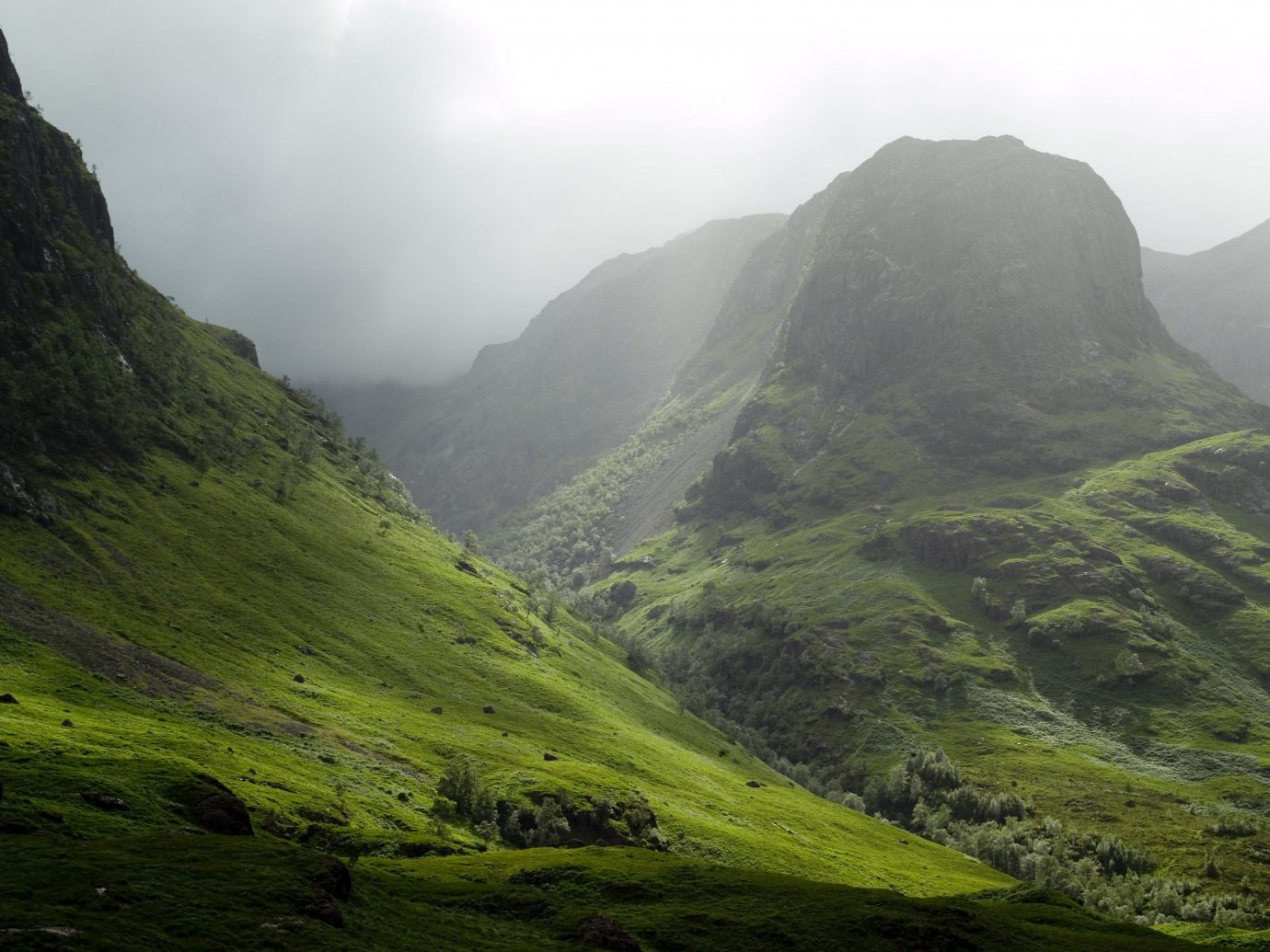
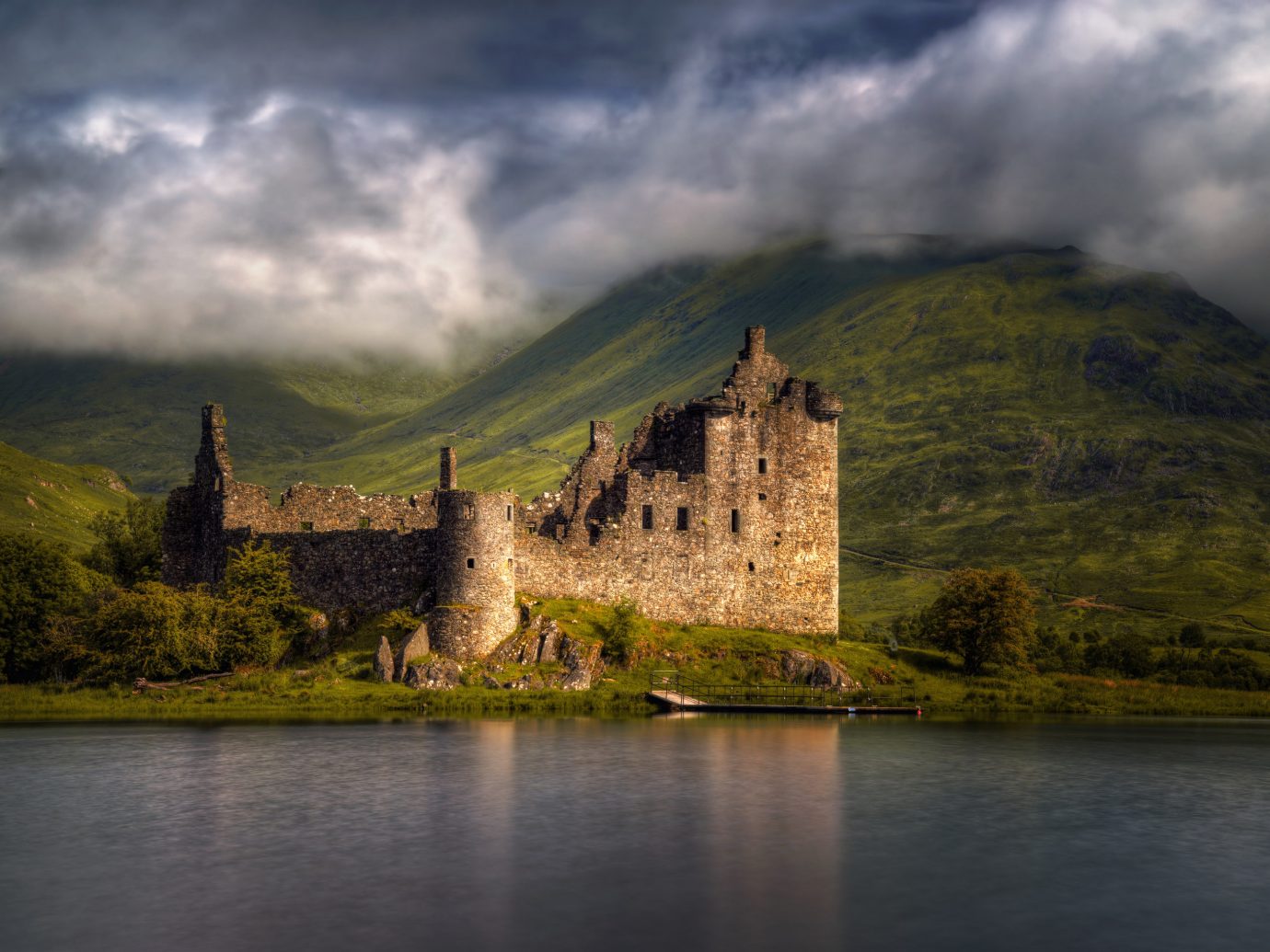
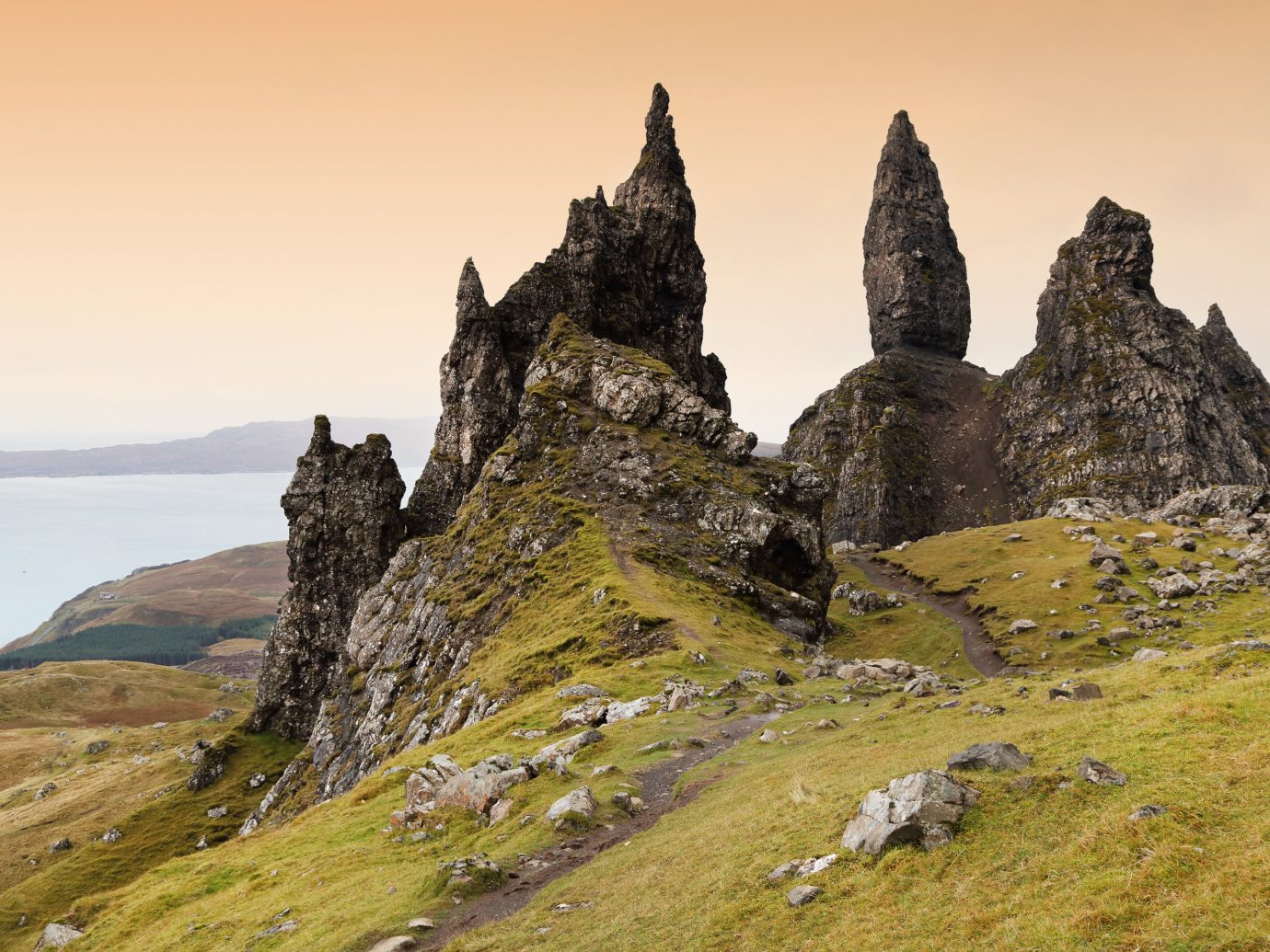
Scottish Highlands
Many a movie and TV show has benefited from the Scottish Highlands’ inherently cinematic landscape, think: Braveheart, Skyfall, The Dark Knight Rises, the Harry Potter franchise, and the Outlander series, just for starters. To quickly cover ground on your way out of the central lowlands, ride the scenic West Highland Line from Glasgow to Mallaig, collecting postcard picture views of the glistening lochs and picturesque villages along the way. Other major calling cards? The medieval Urquhart Castle—on the banks of the infamous Loch Ness—in northern Inverness, Scotland’s highest peak—Ben Nevis—near Fort William, and the waterfalls and fairy pools in the Isle of Skye.
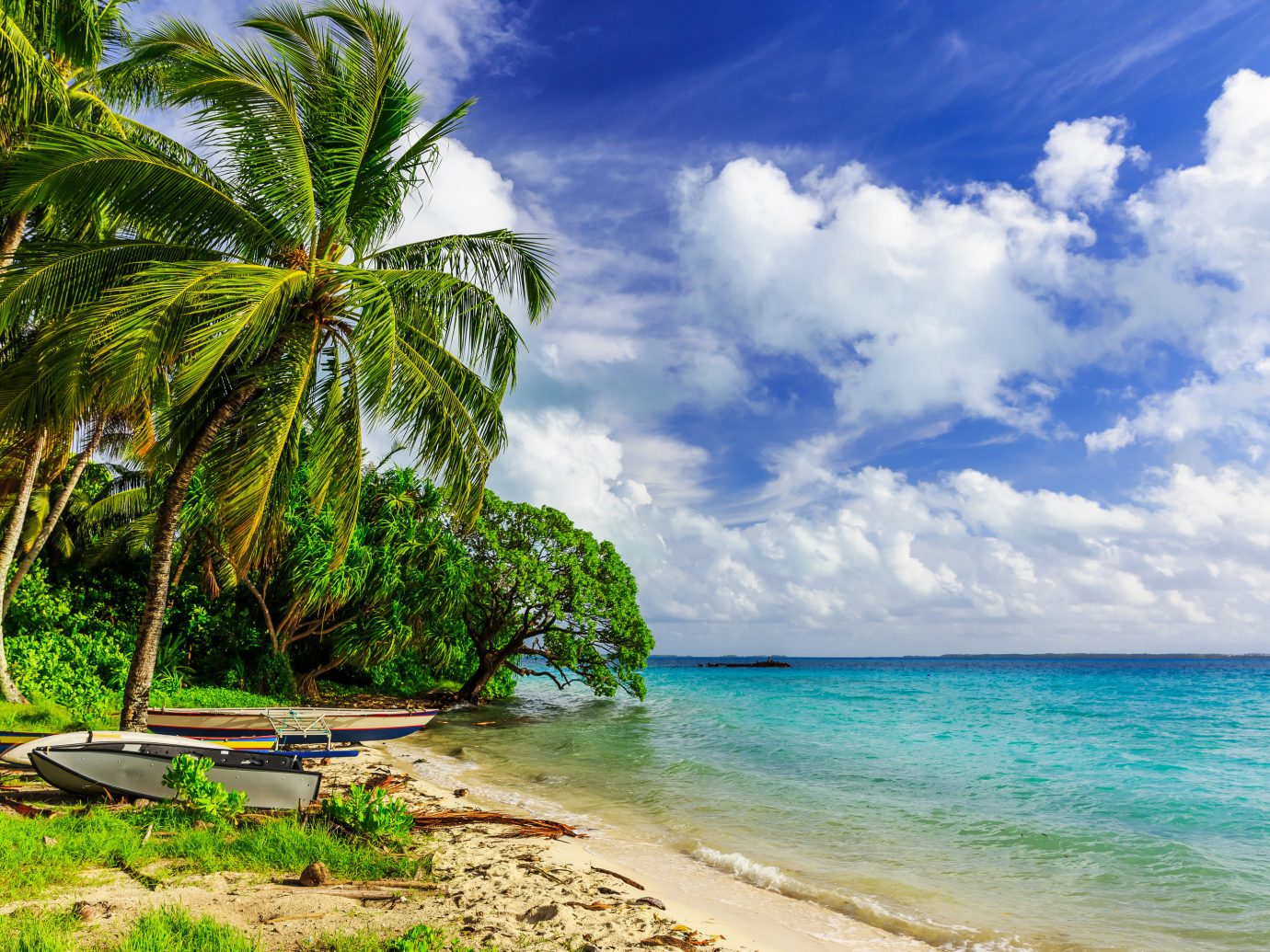
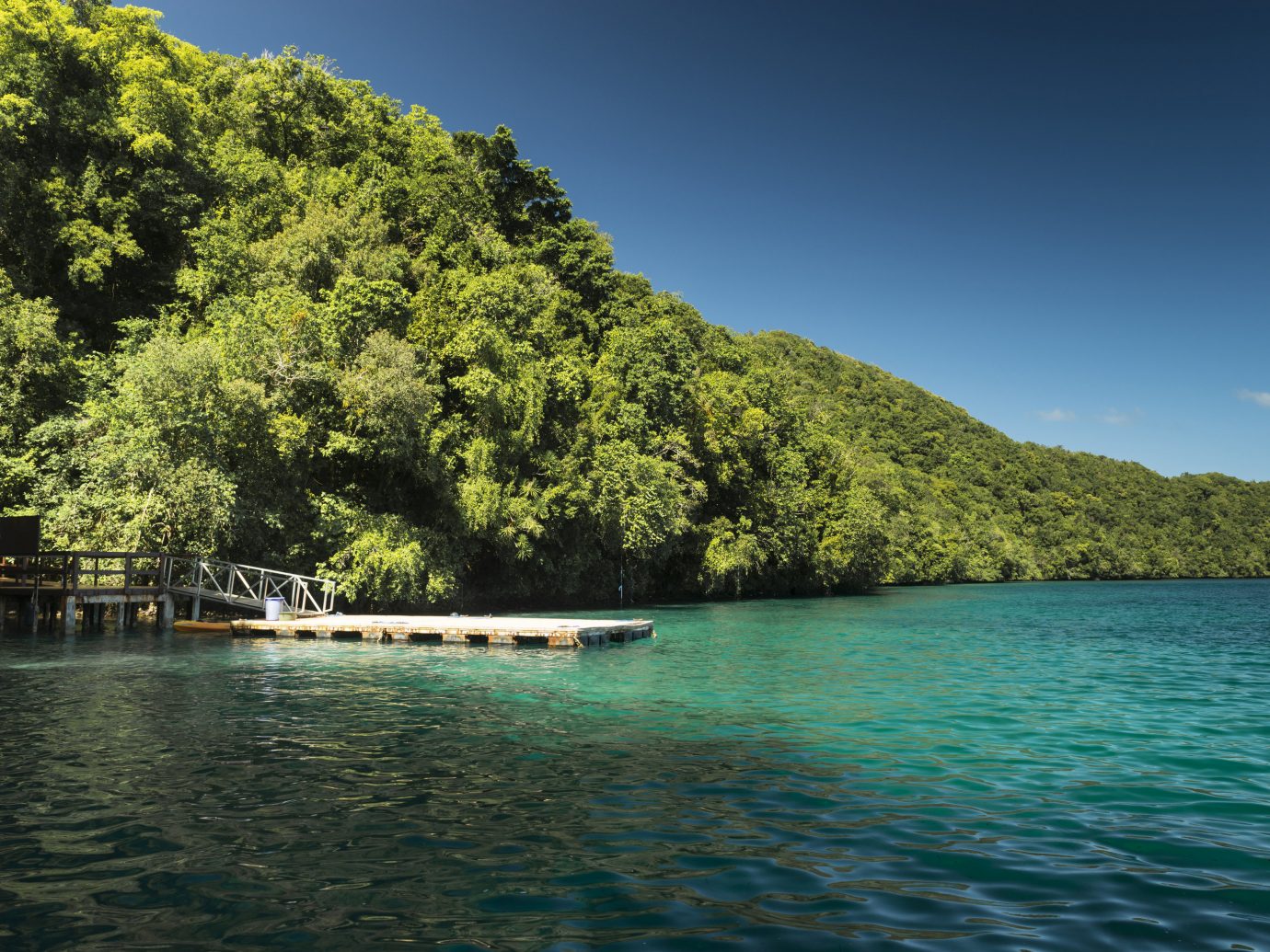
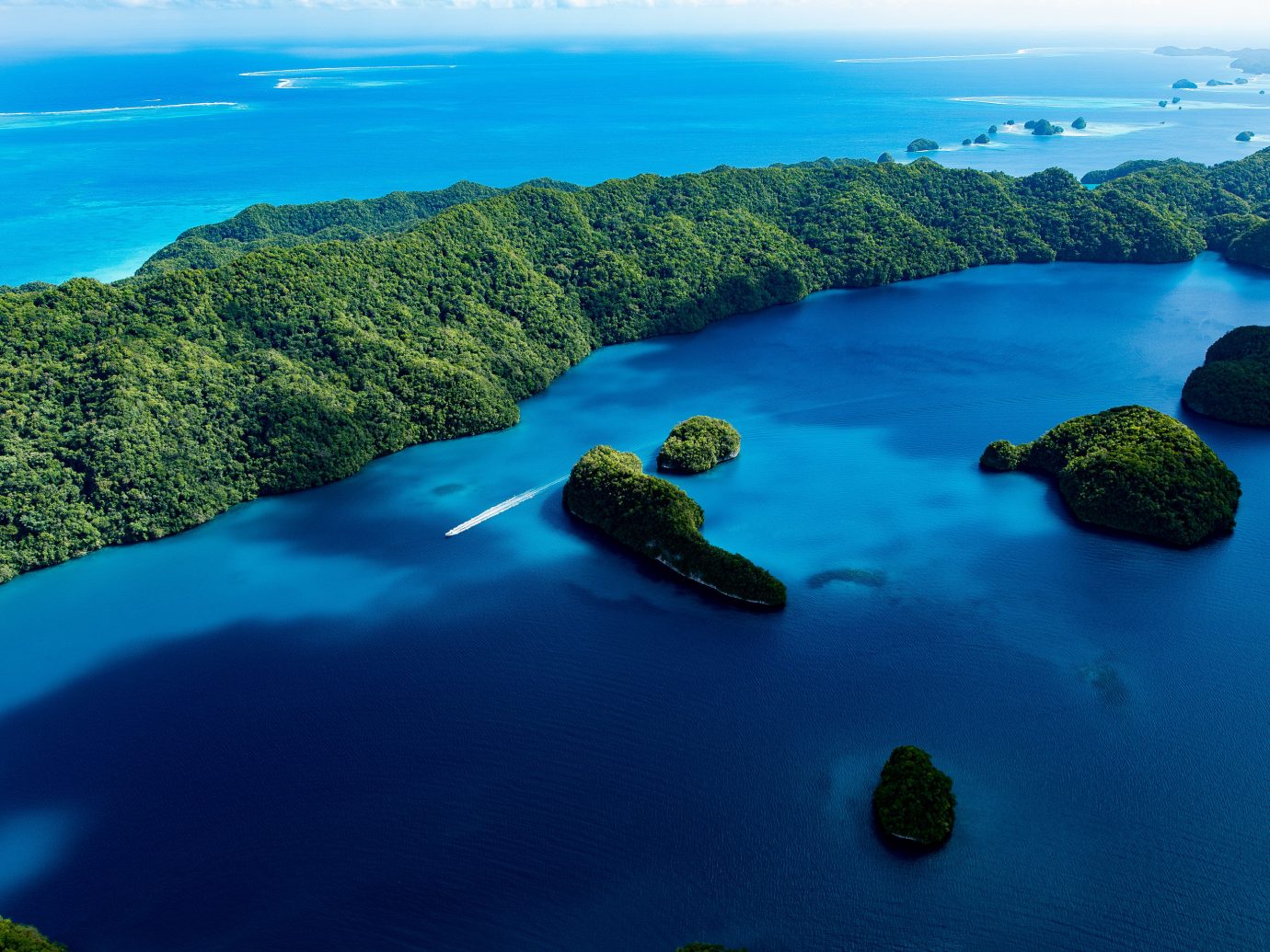
Micronesia
Just north of the equator, where the waters of the Indian Ocean, Pacific Ocean, and Philippine Sea meet, the Federated States of Micronesia (that’s 607 individual islands) scatter out across more than a million watery square miles. Touchdown in the islands—namely the largest, most visitor-friendly hubs of Pohnpei, Kosrae, Chuuk, and Yap—via a flight from Guam or Palau and you’ll be rewarded with palm-shaded lagoons, ancient archaeological ruins, rainforest-sheltered waterfalls, and accessible cave systems.
Keep dreaming here:
Want more?
- A First-Timer’s Guide to the Best Spots in Bali, Indonesia
- 8 Most Romantic Weekend Getaways from New York City
- 10 Amazon Travel Accessories You Need this May
Comments
All products are independently selected by our writers and editors. If you buy something through our links, Jetsetter may earn an affiliate commission.
Become a Jetsetter.
Use our insider connections to know where to go and what to do.
By proceeding, you agree to our Privacy Policy and Terms of Use.
Thanks for Signing Up!

